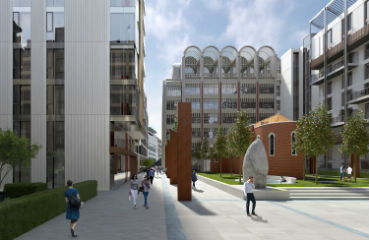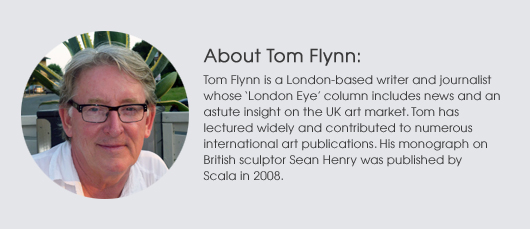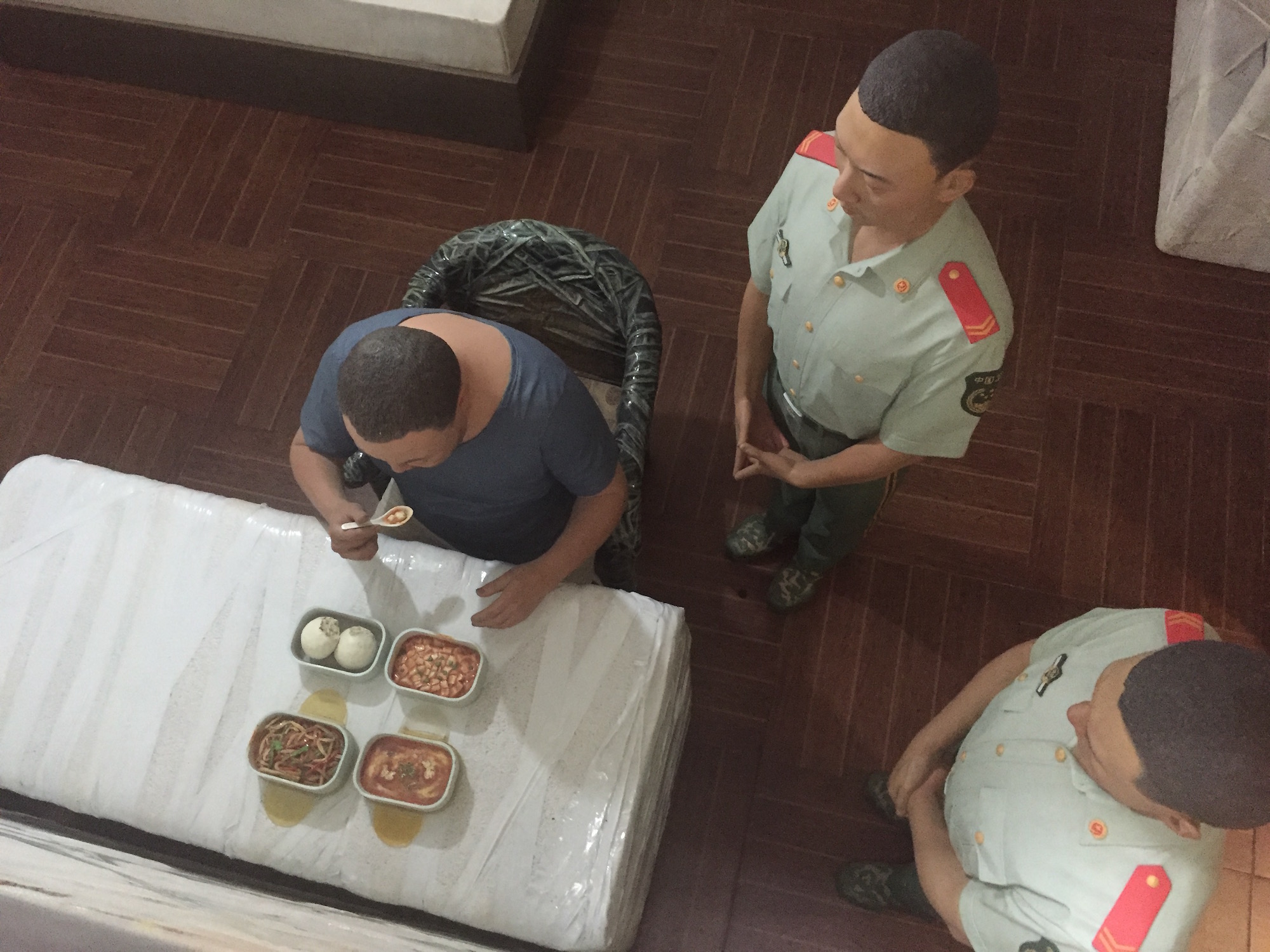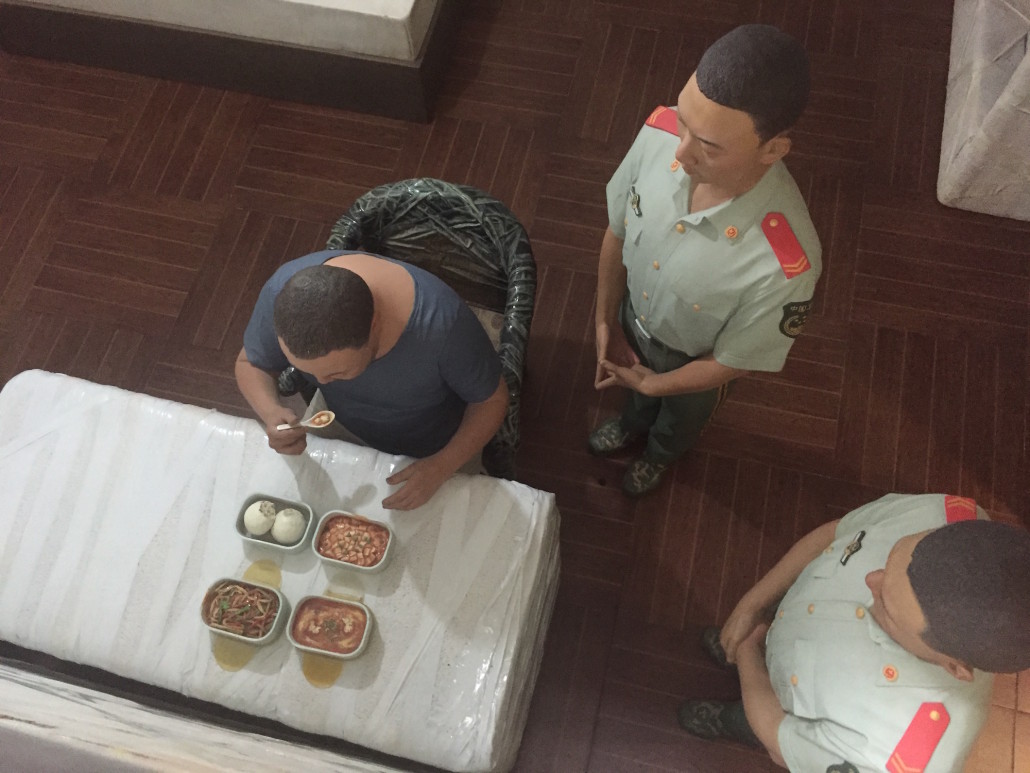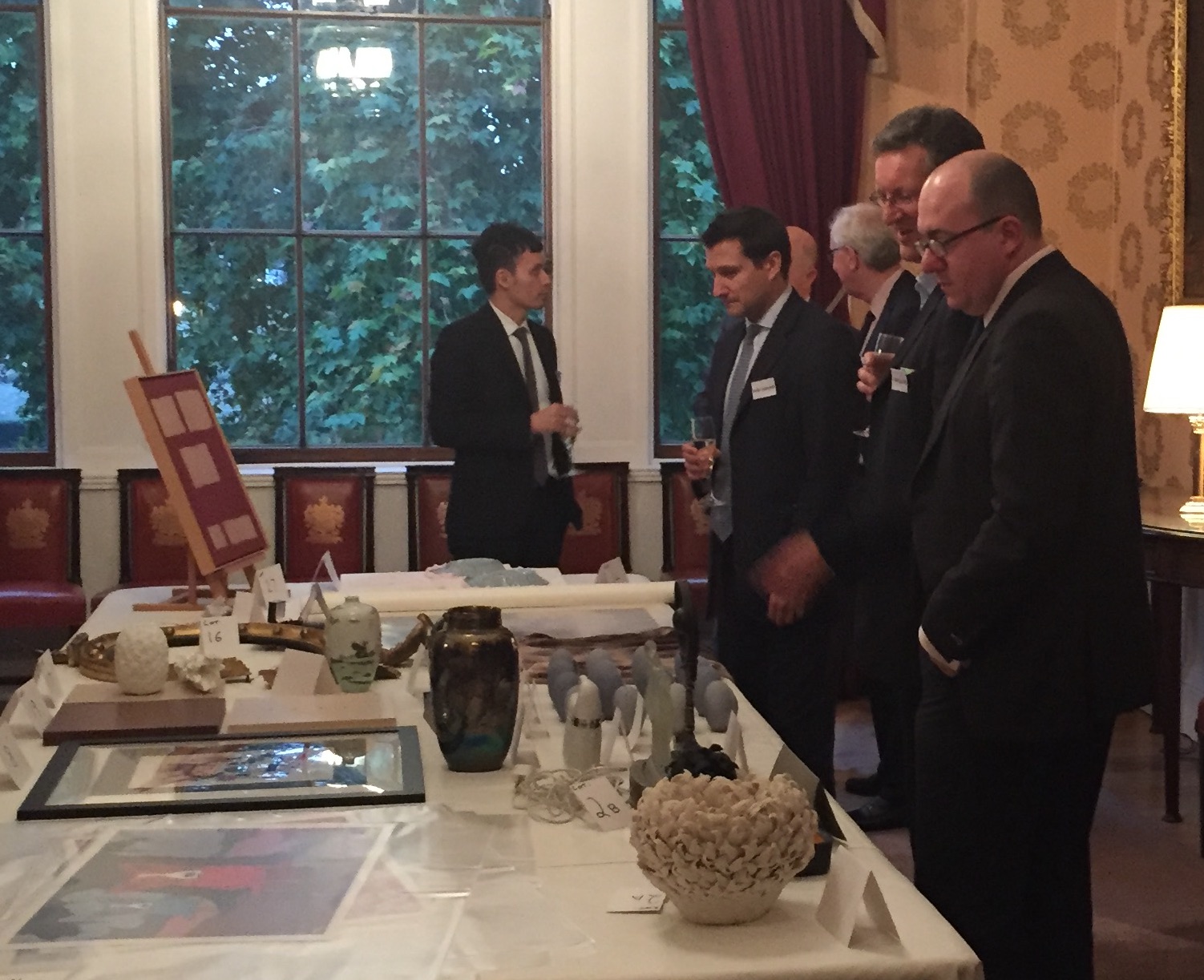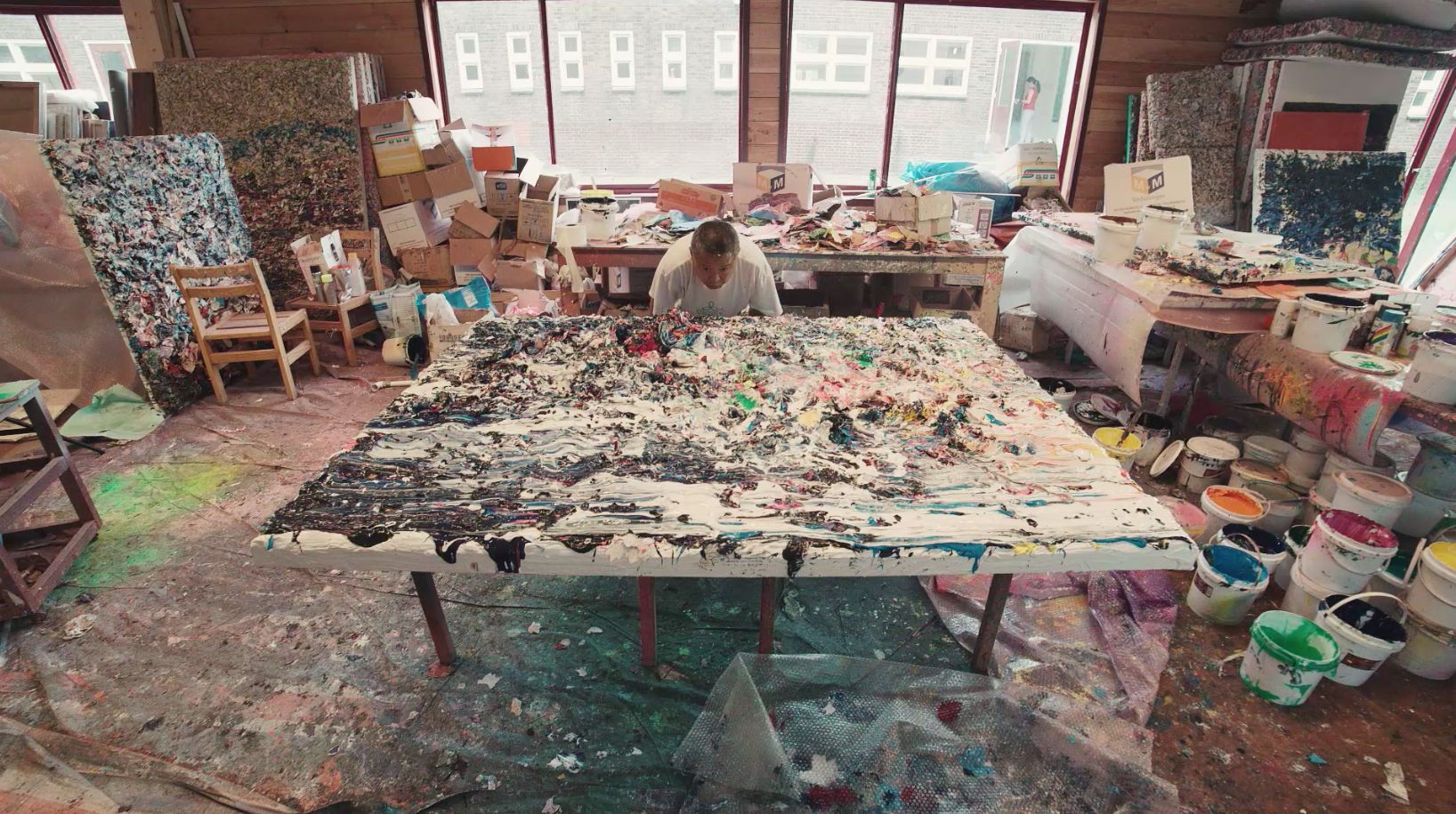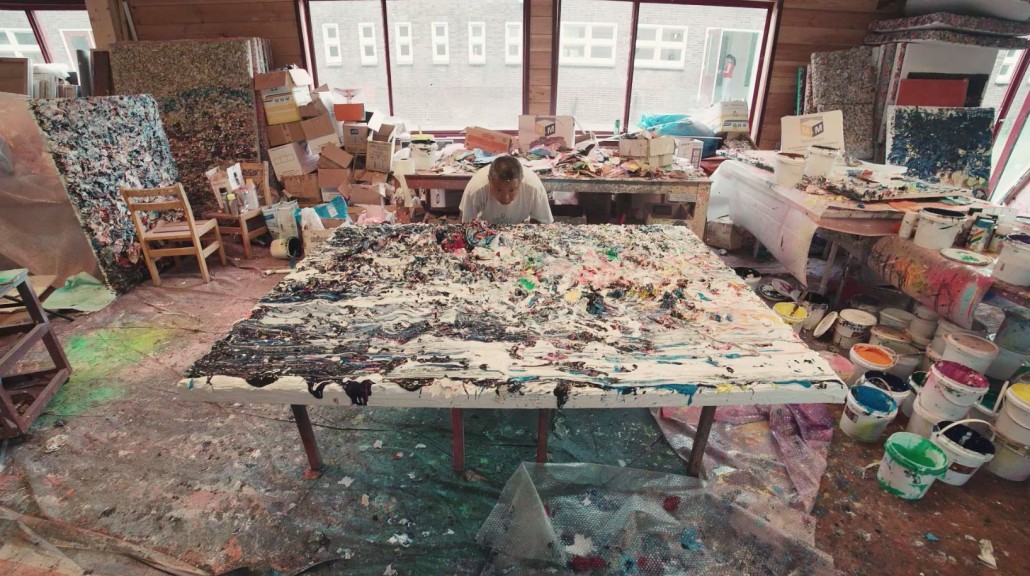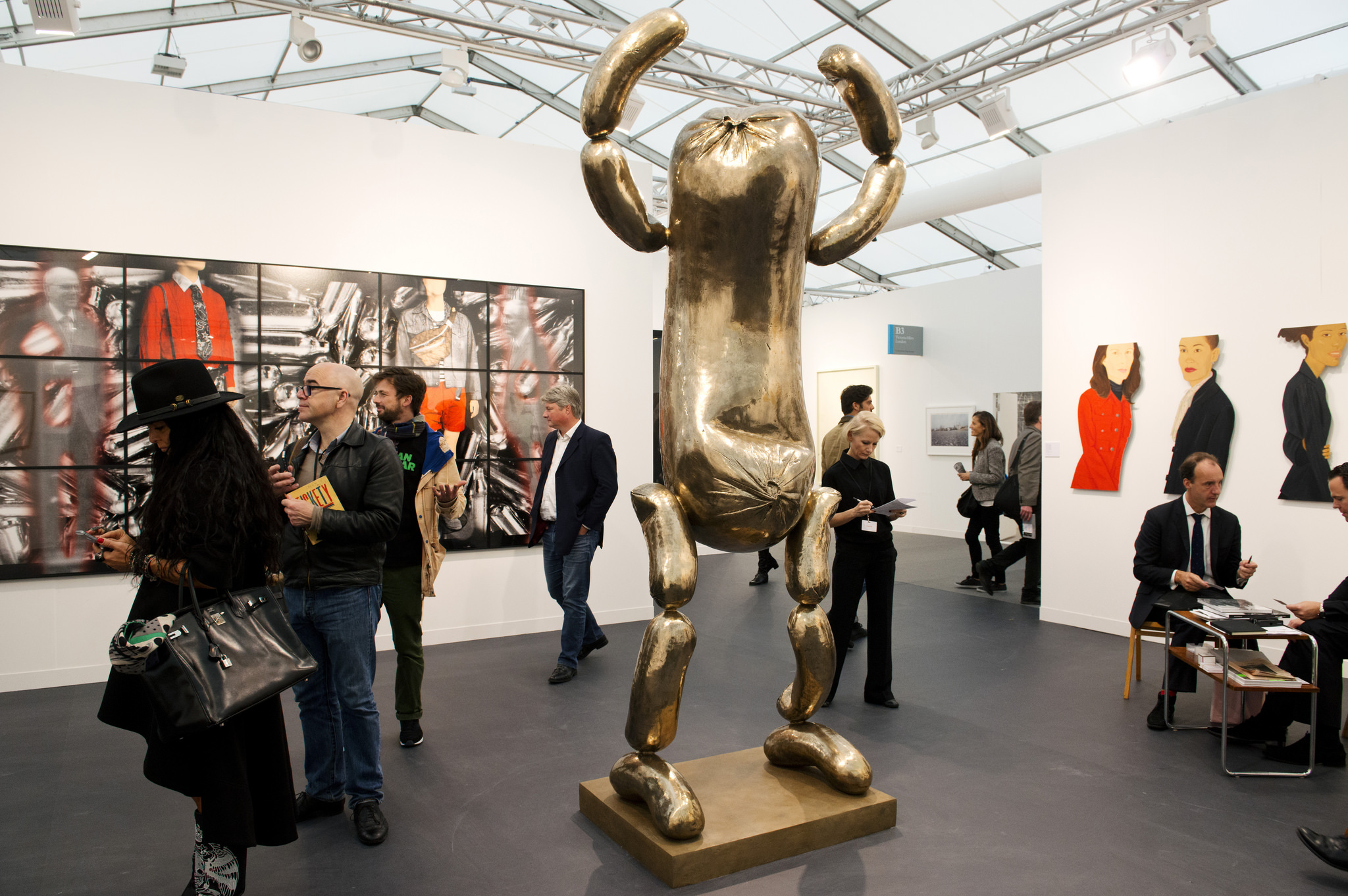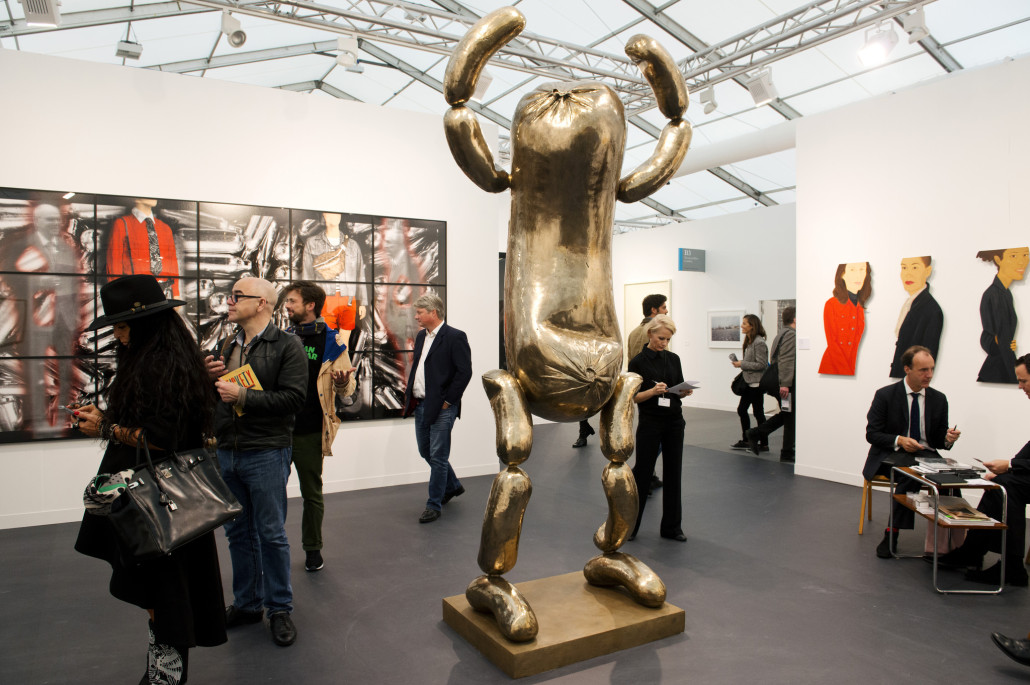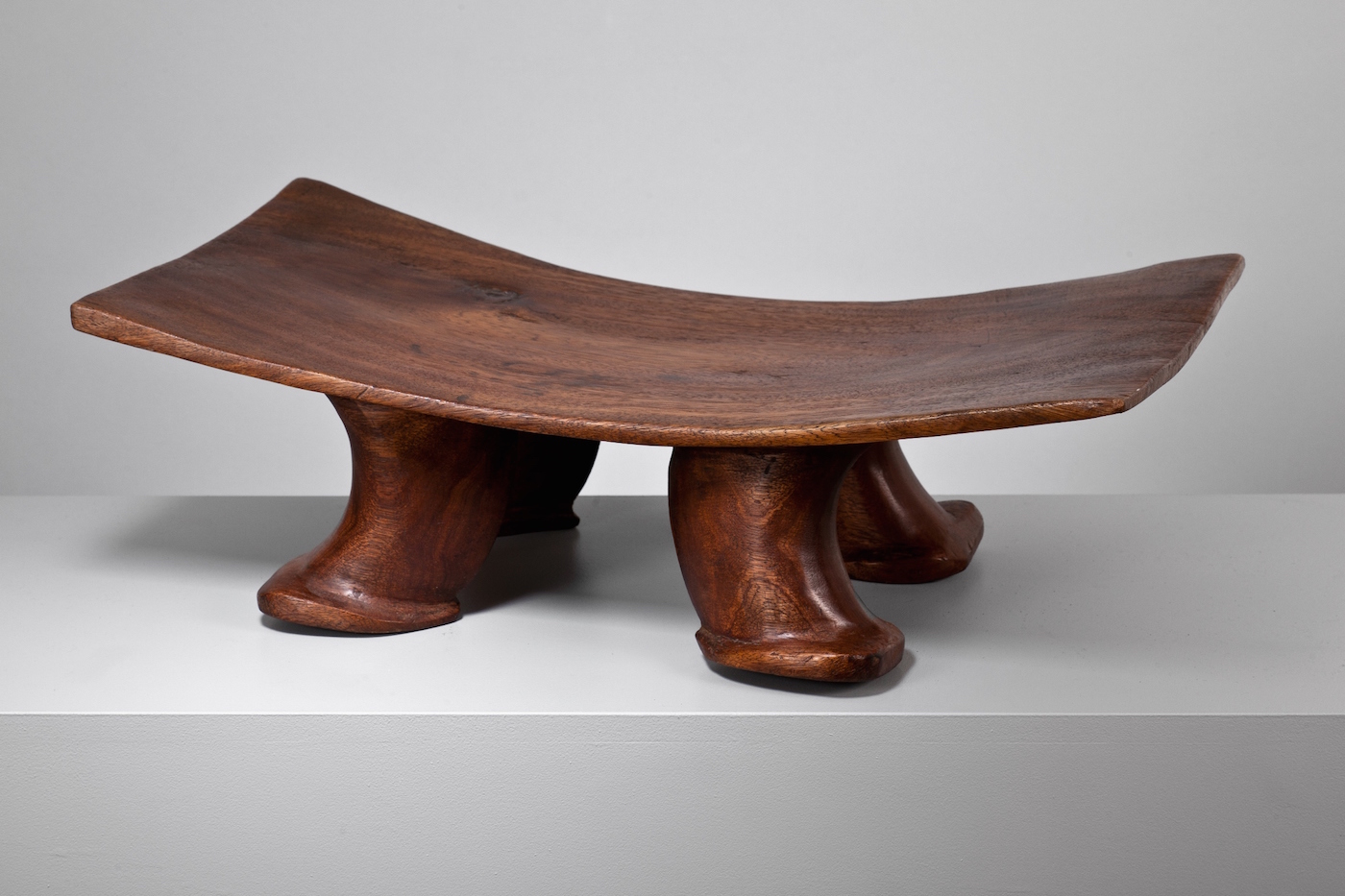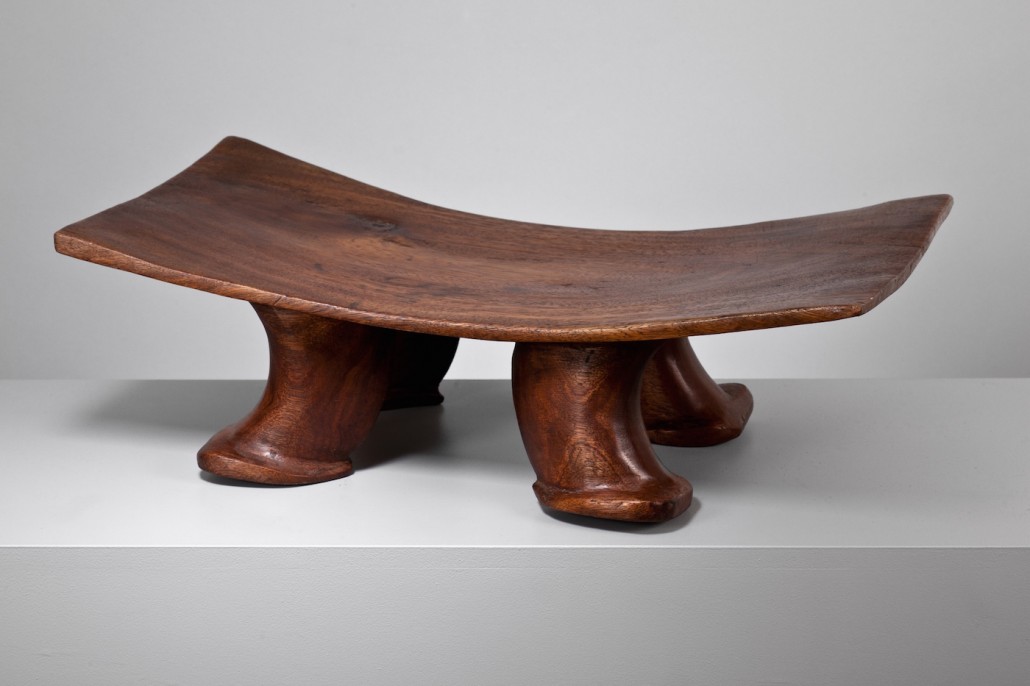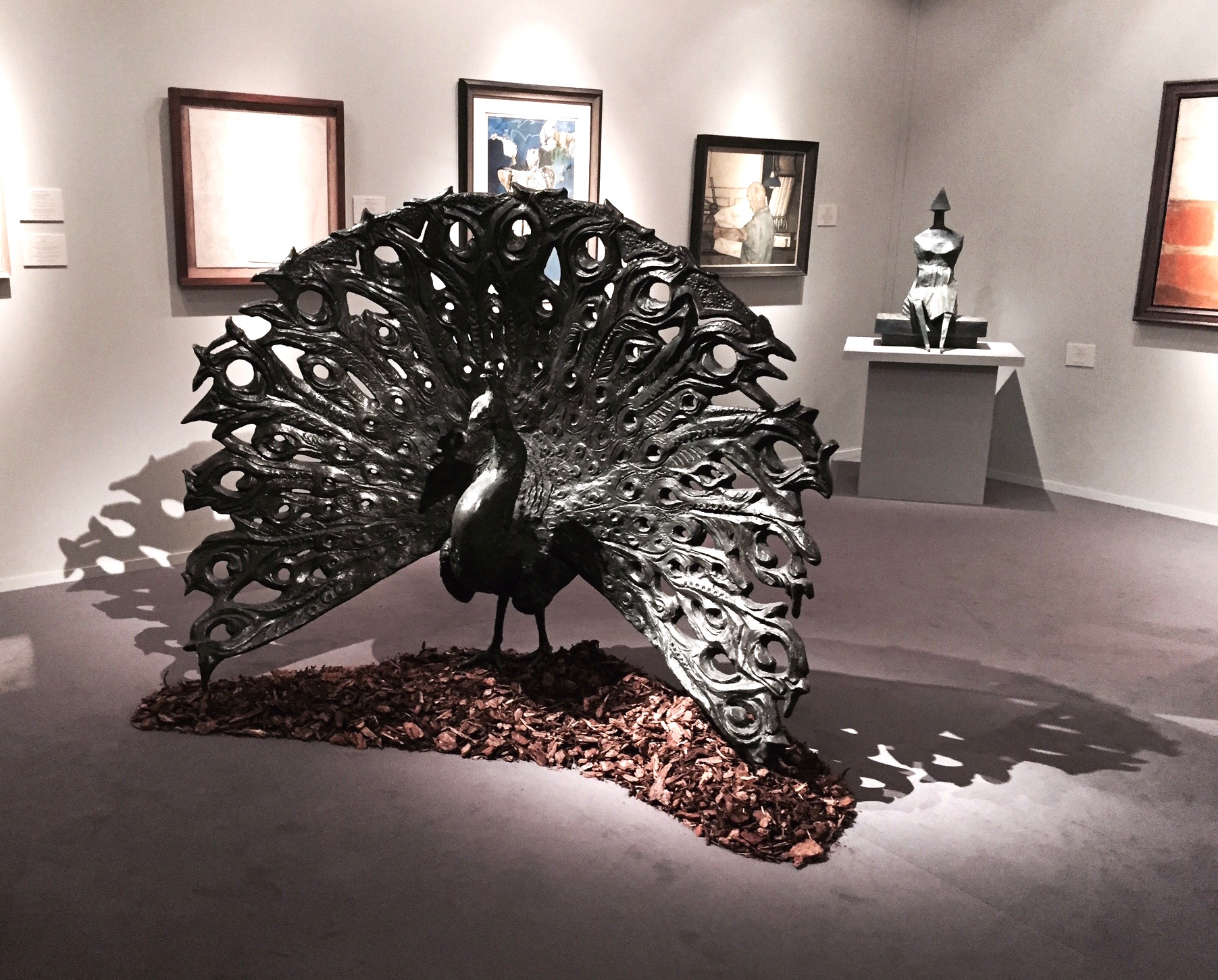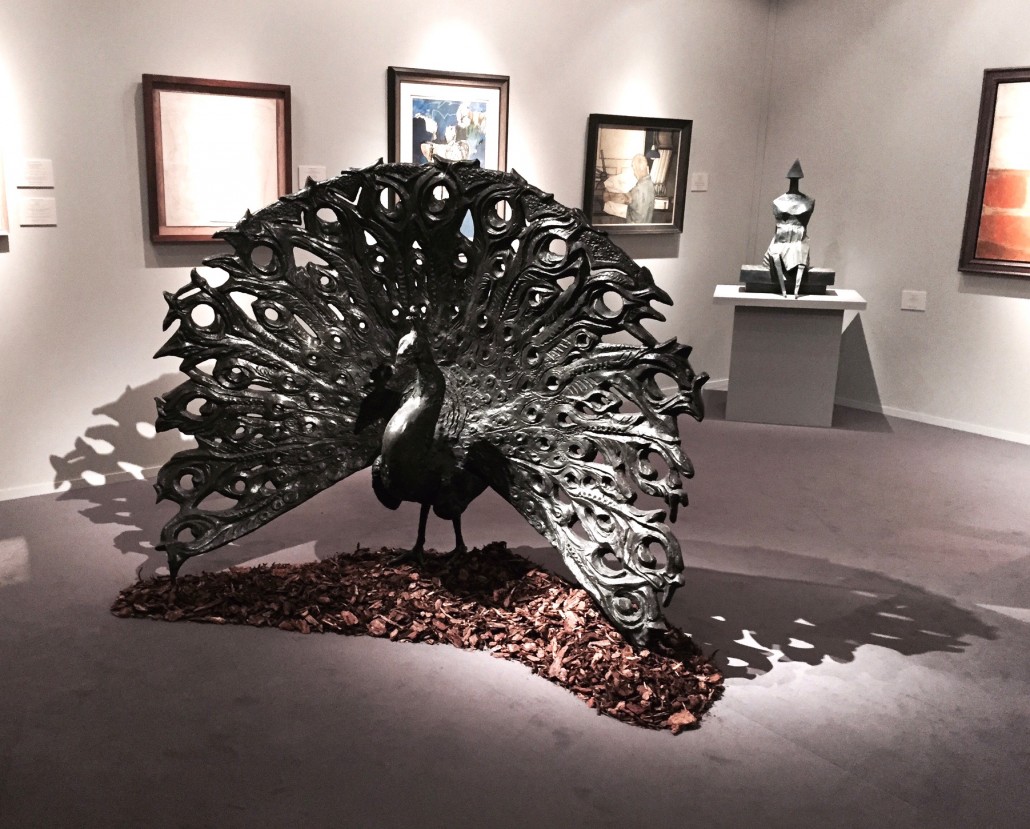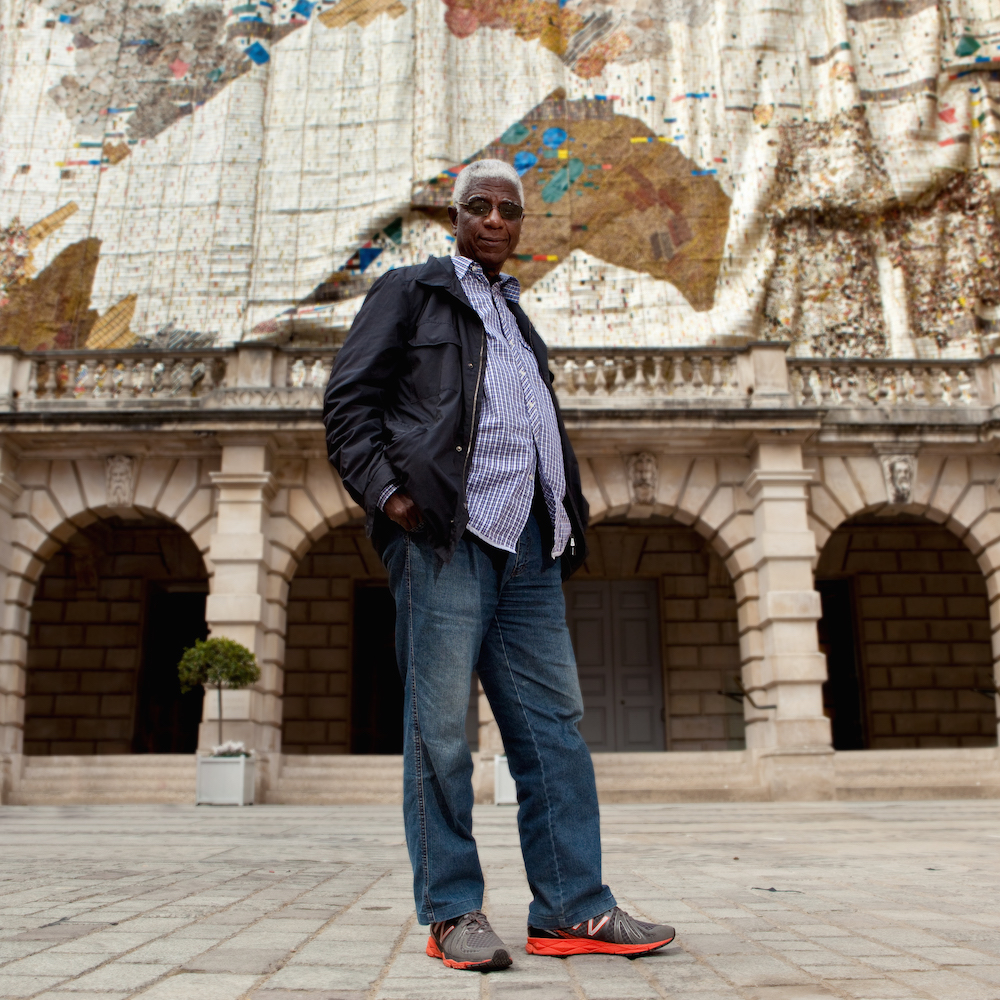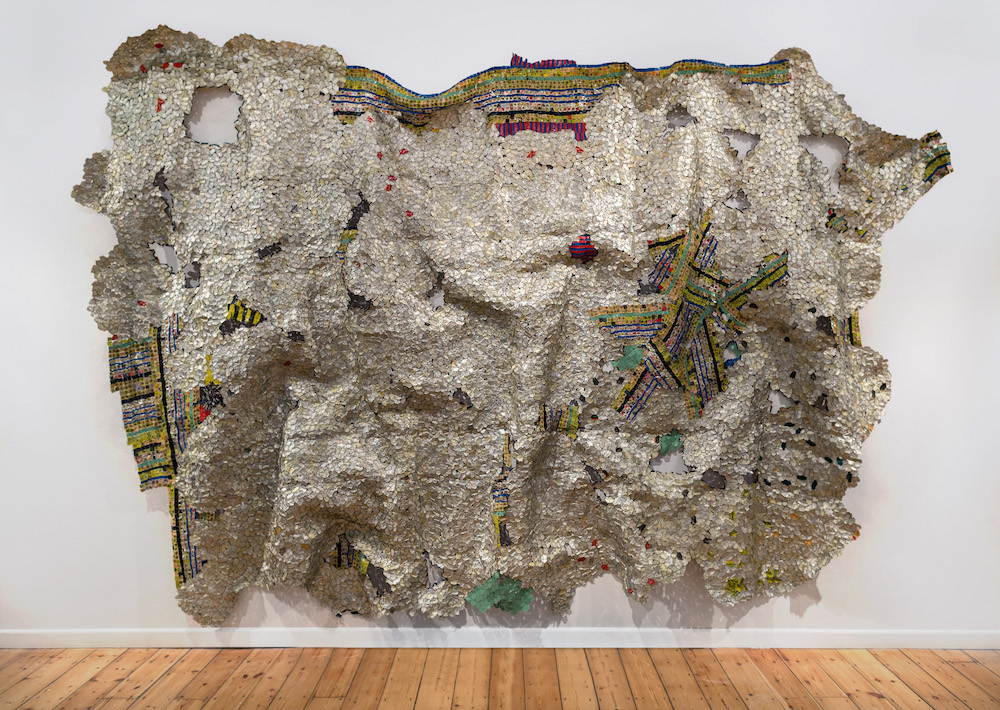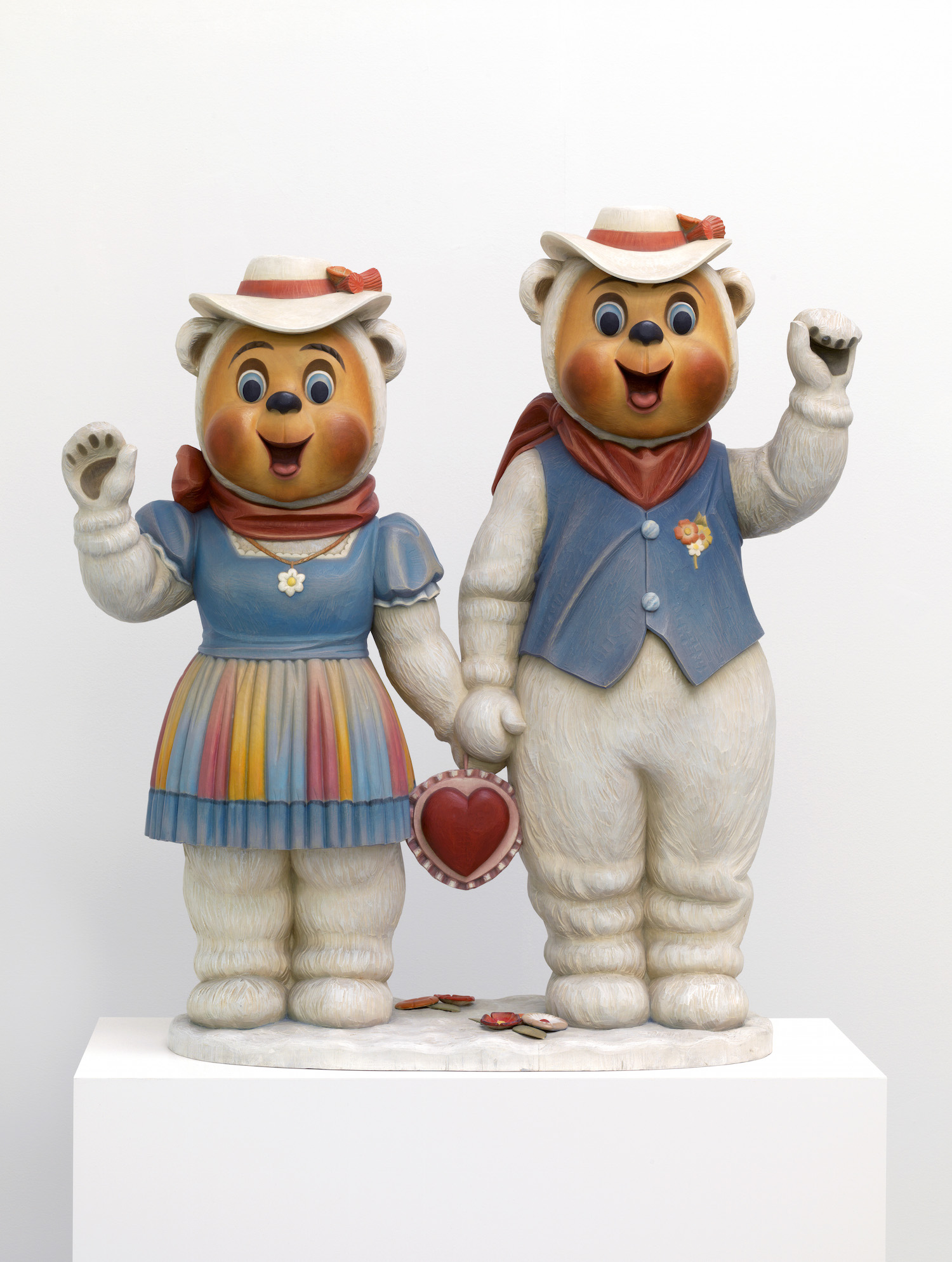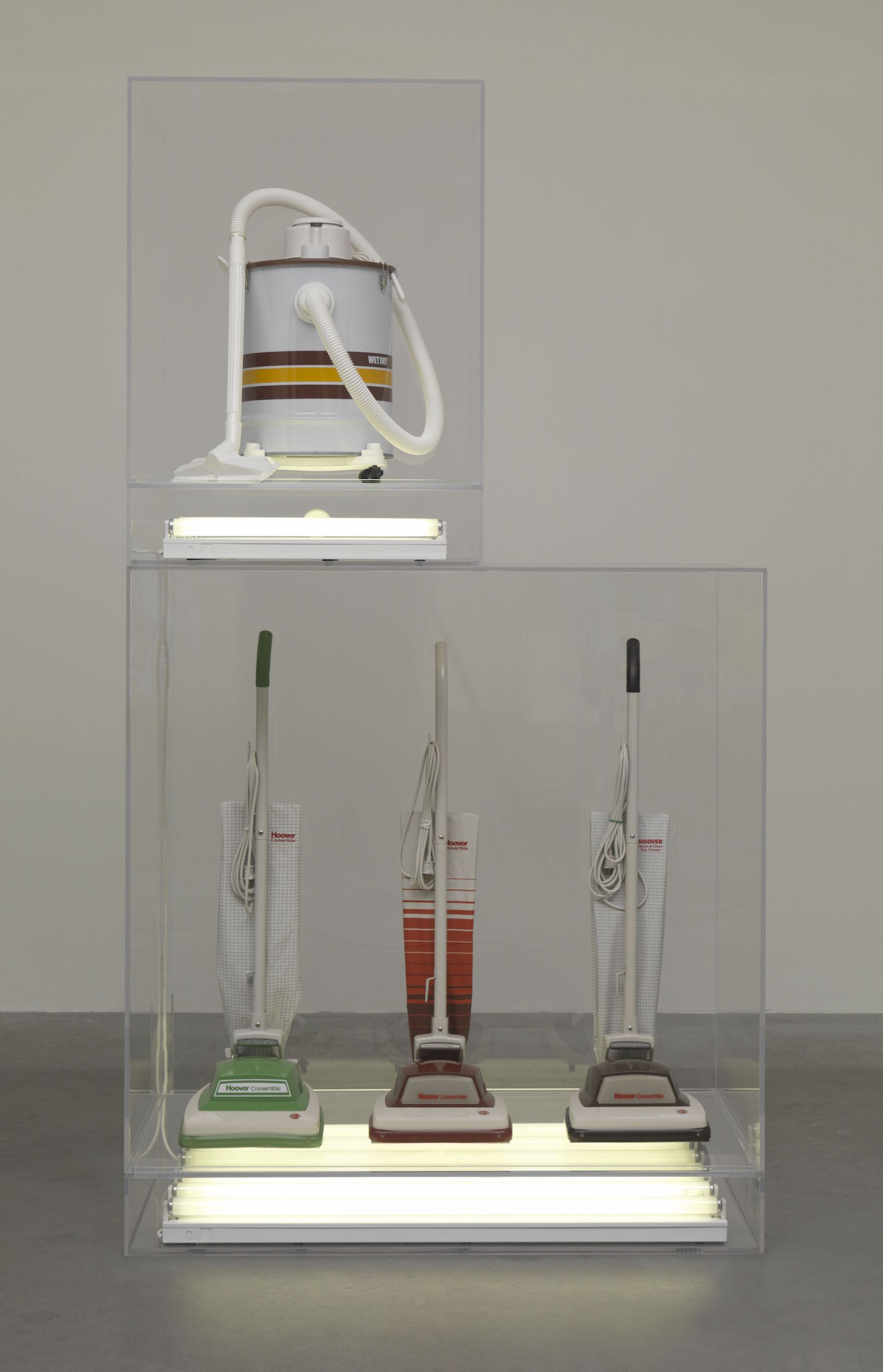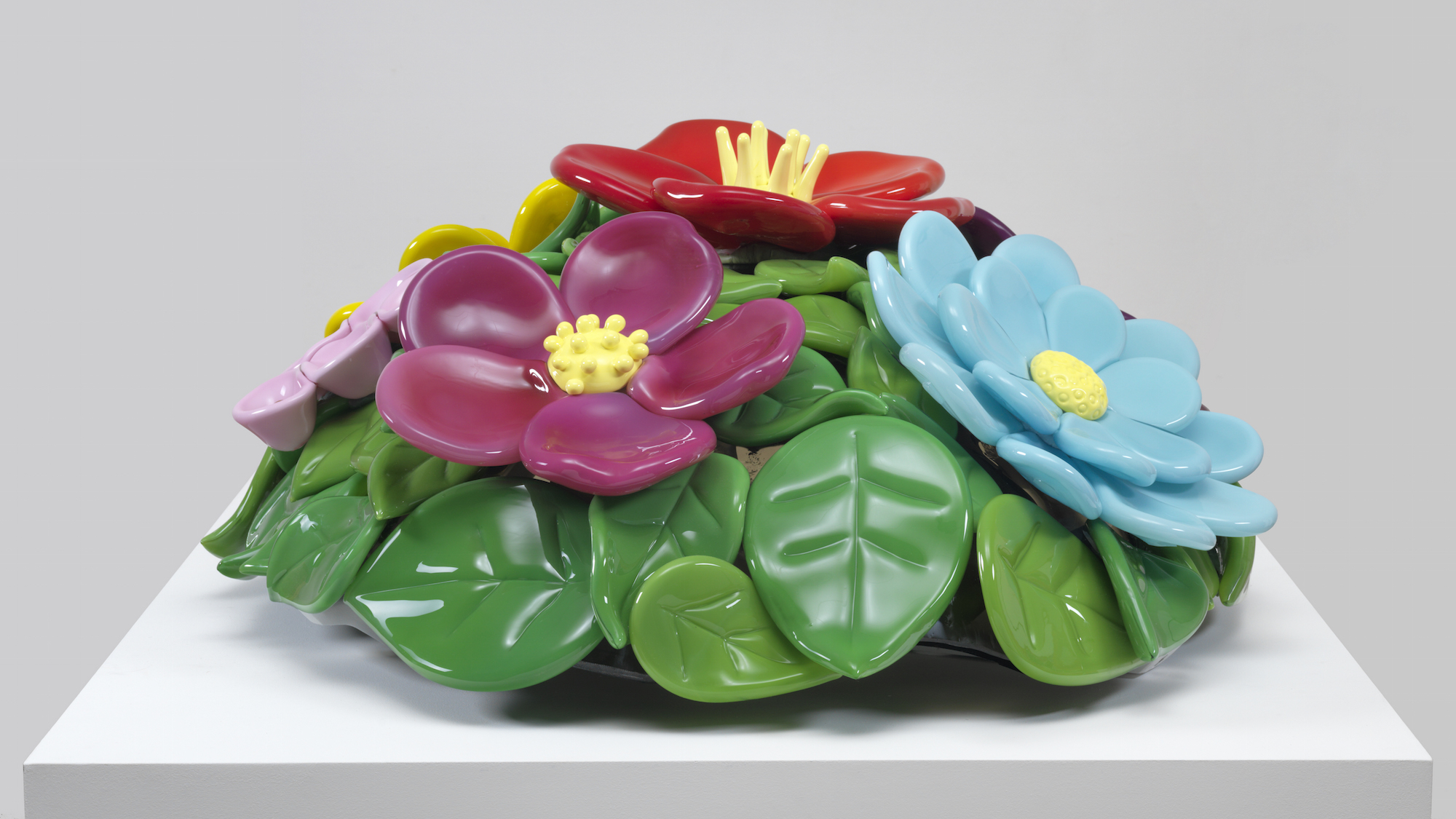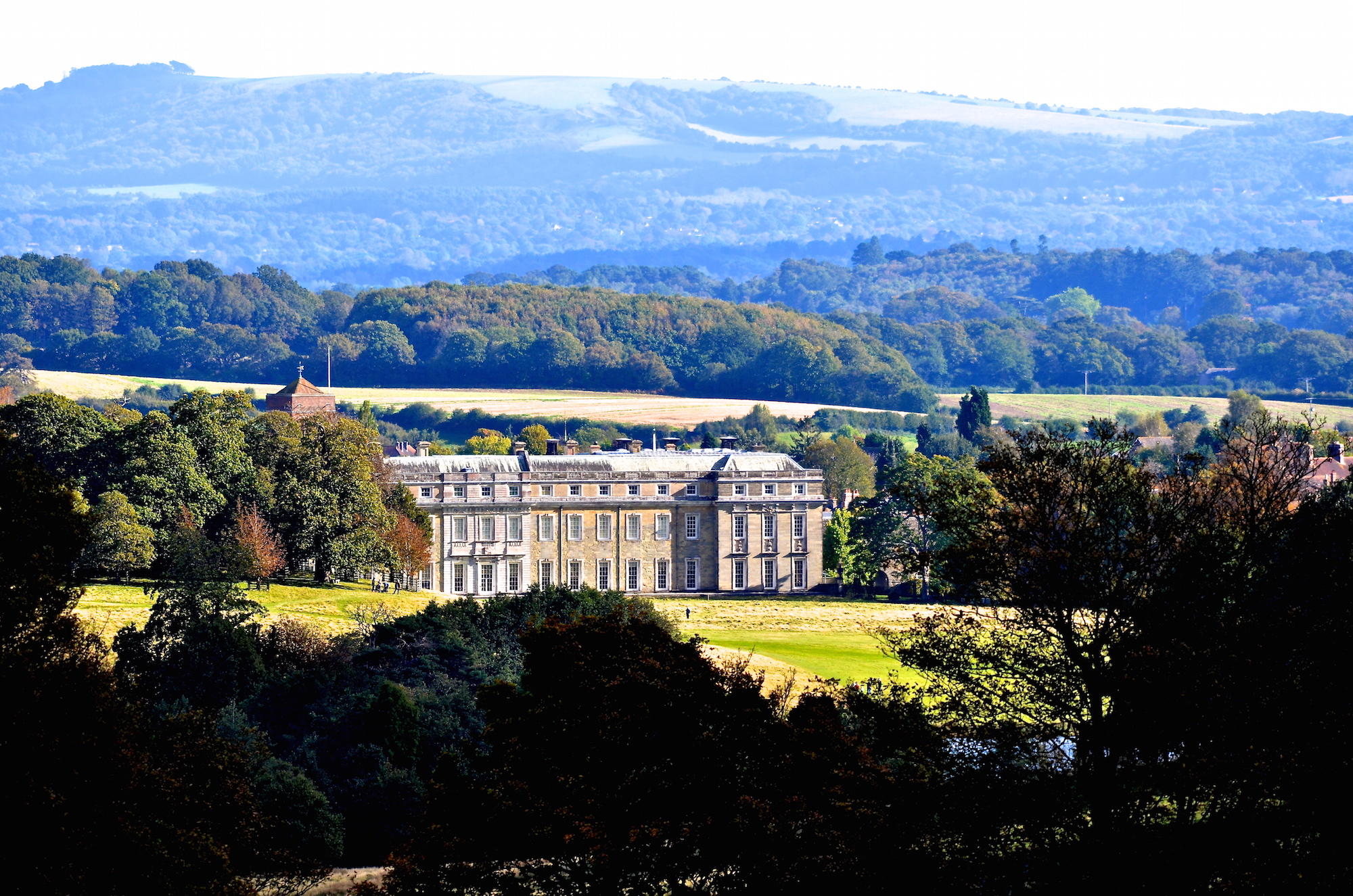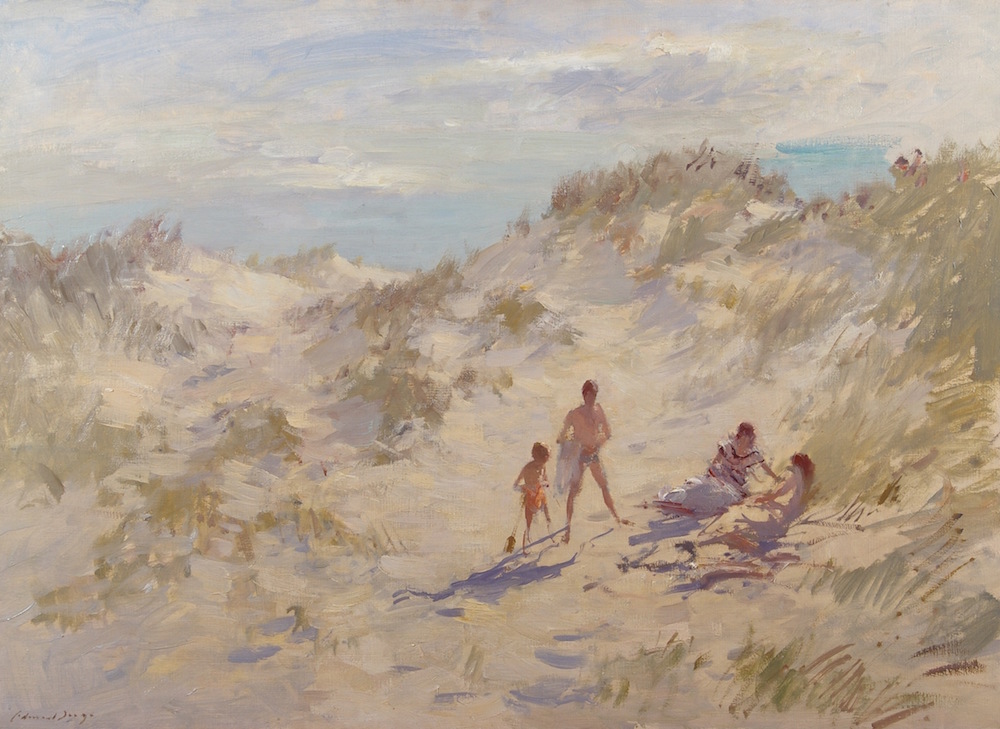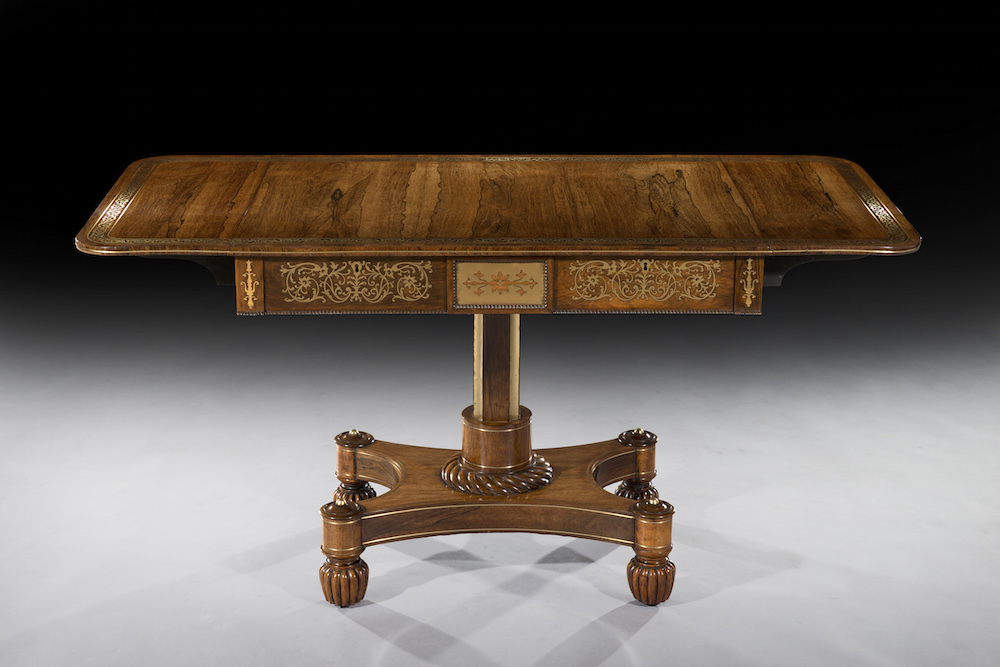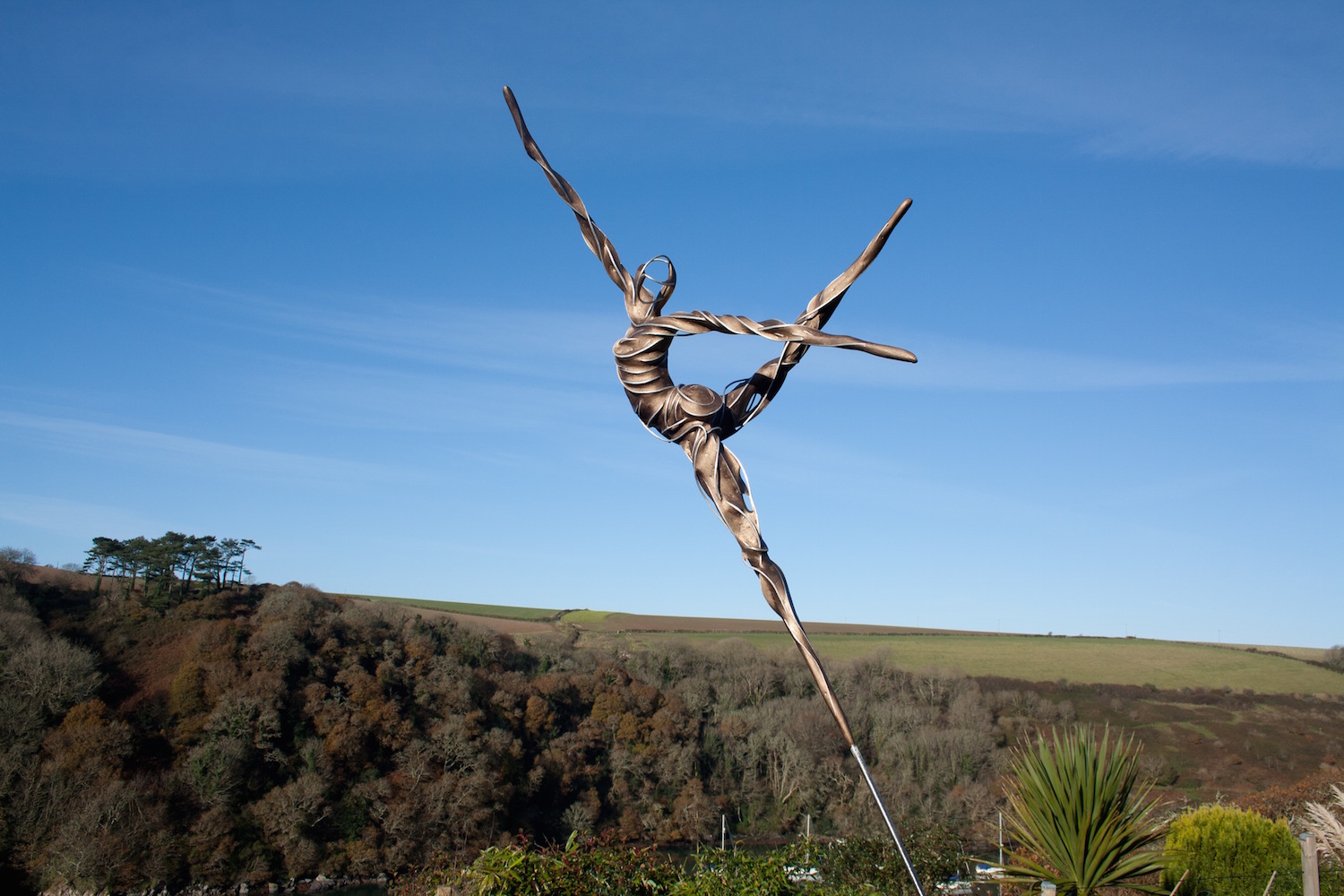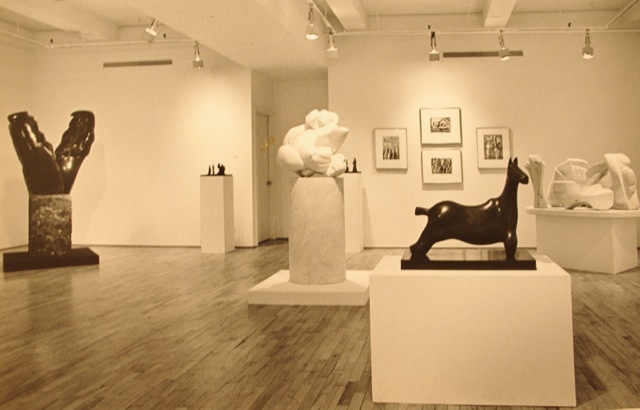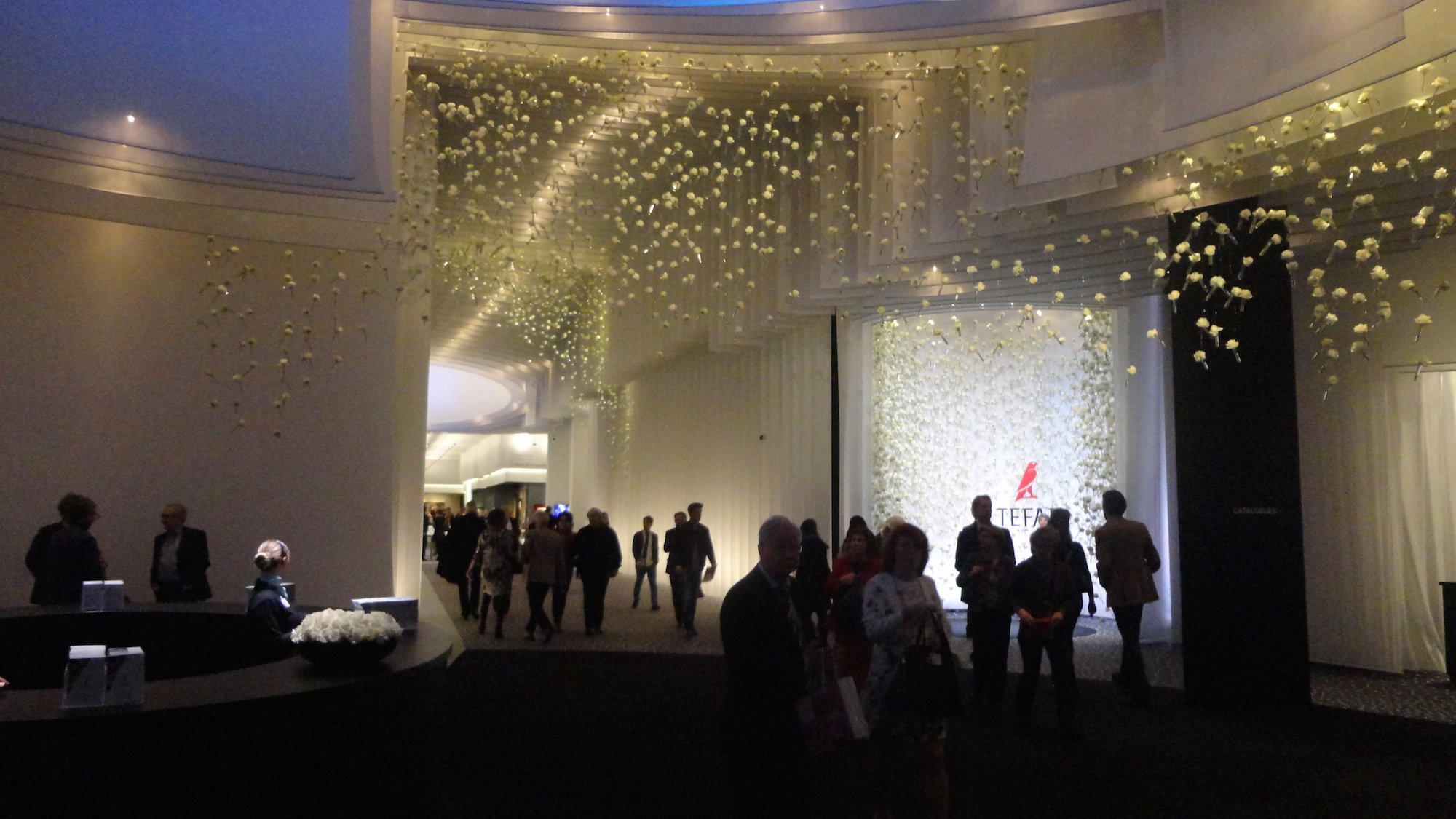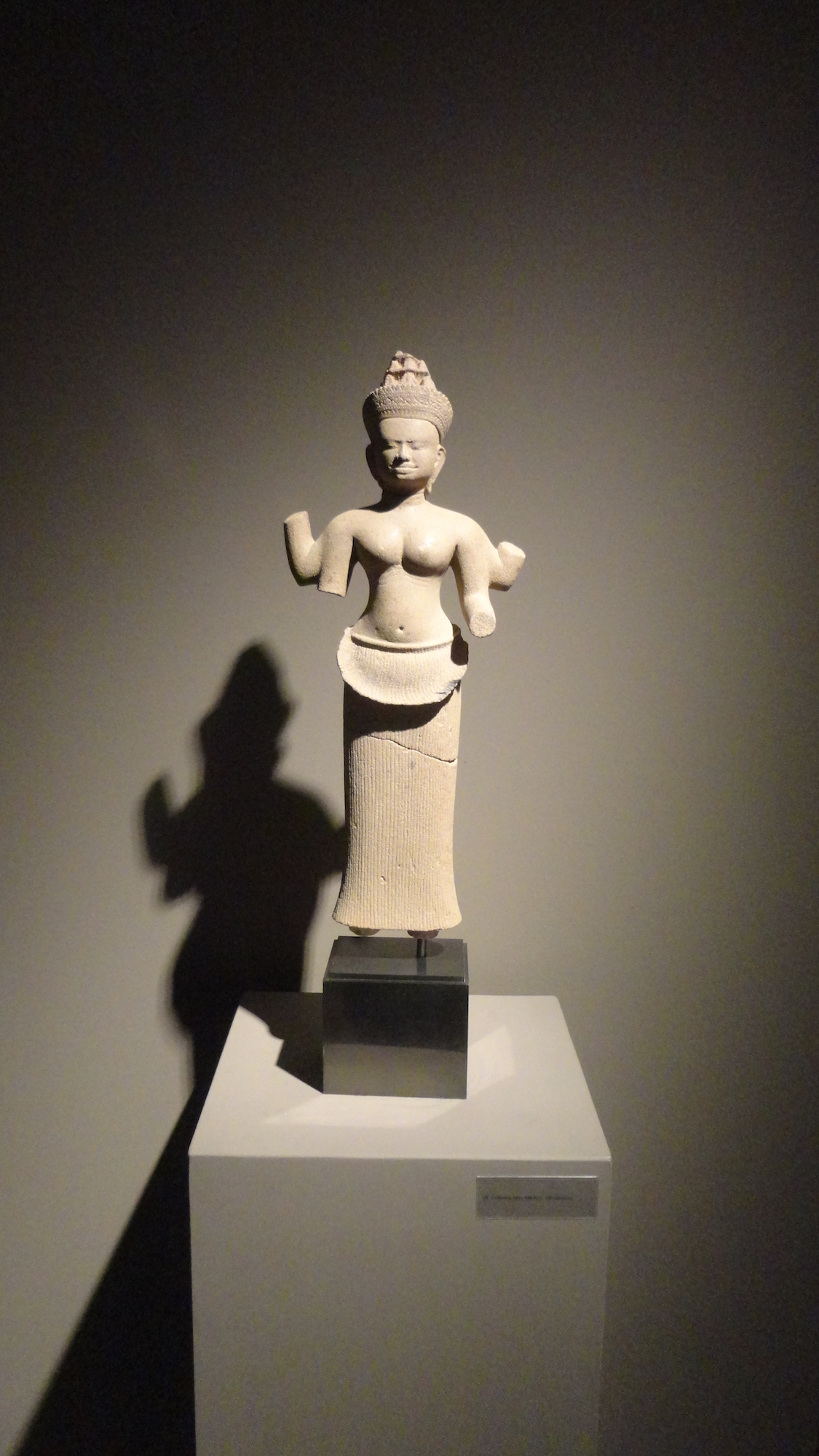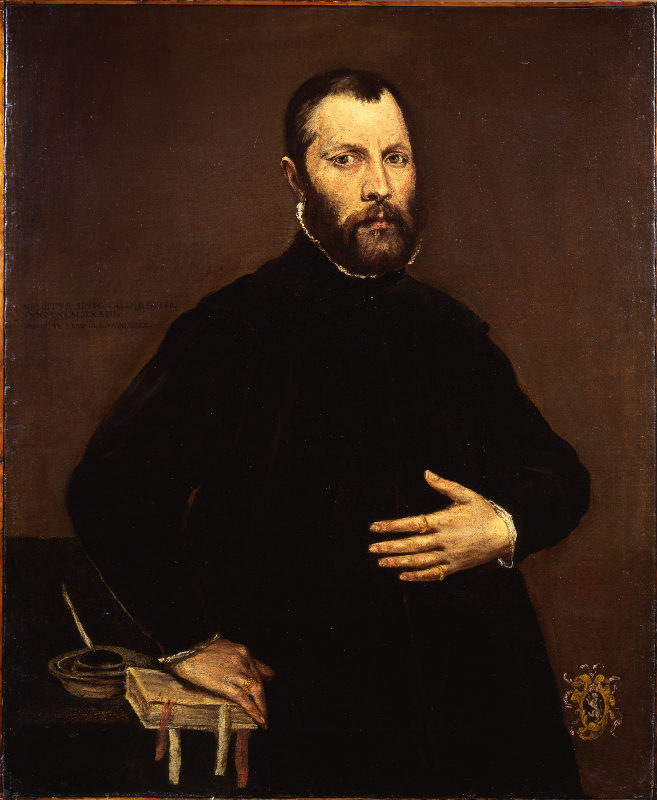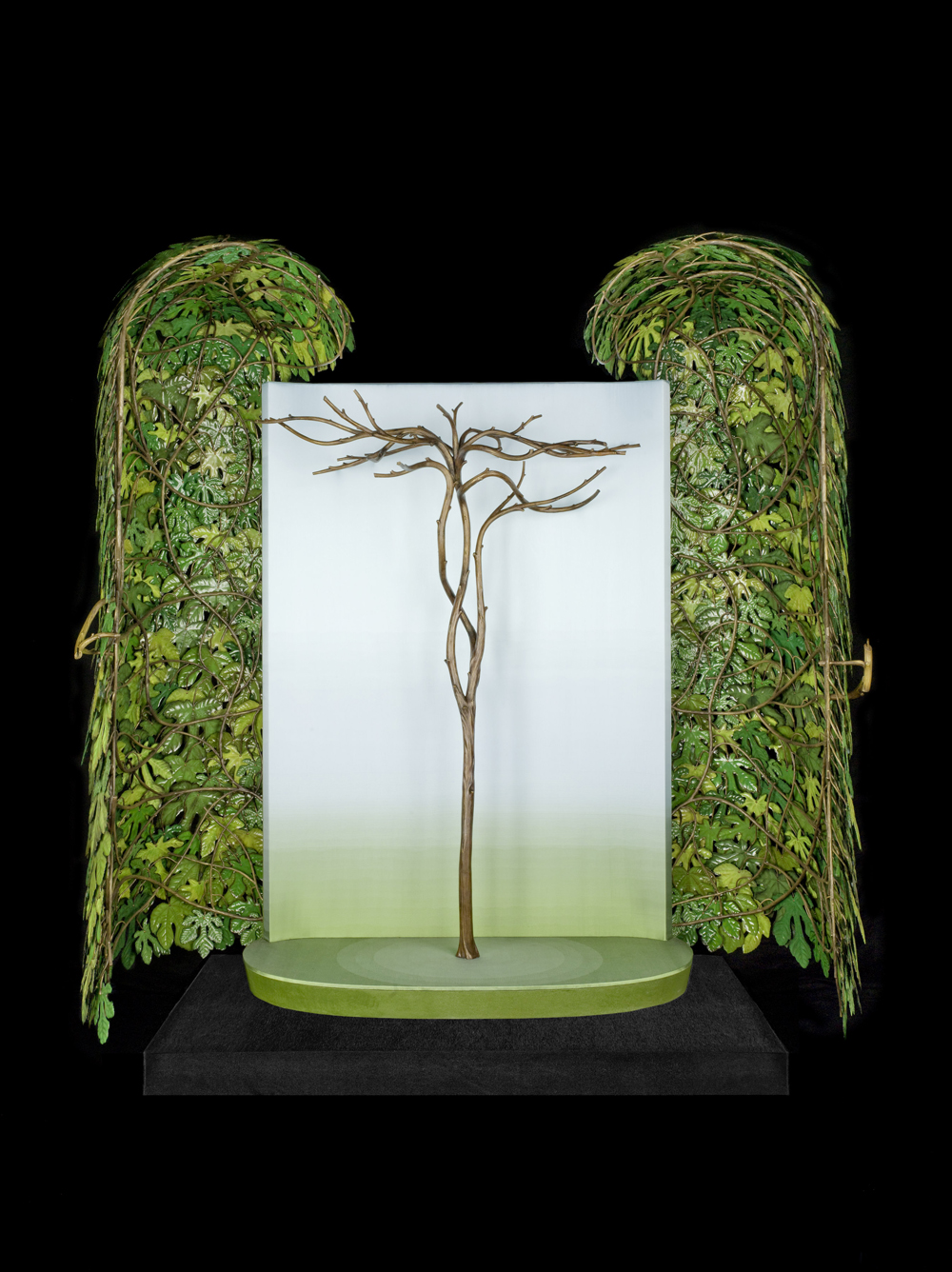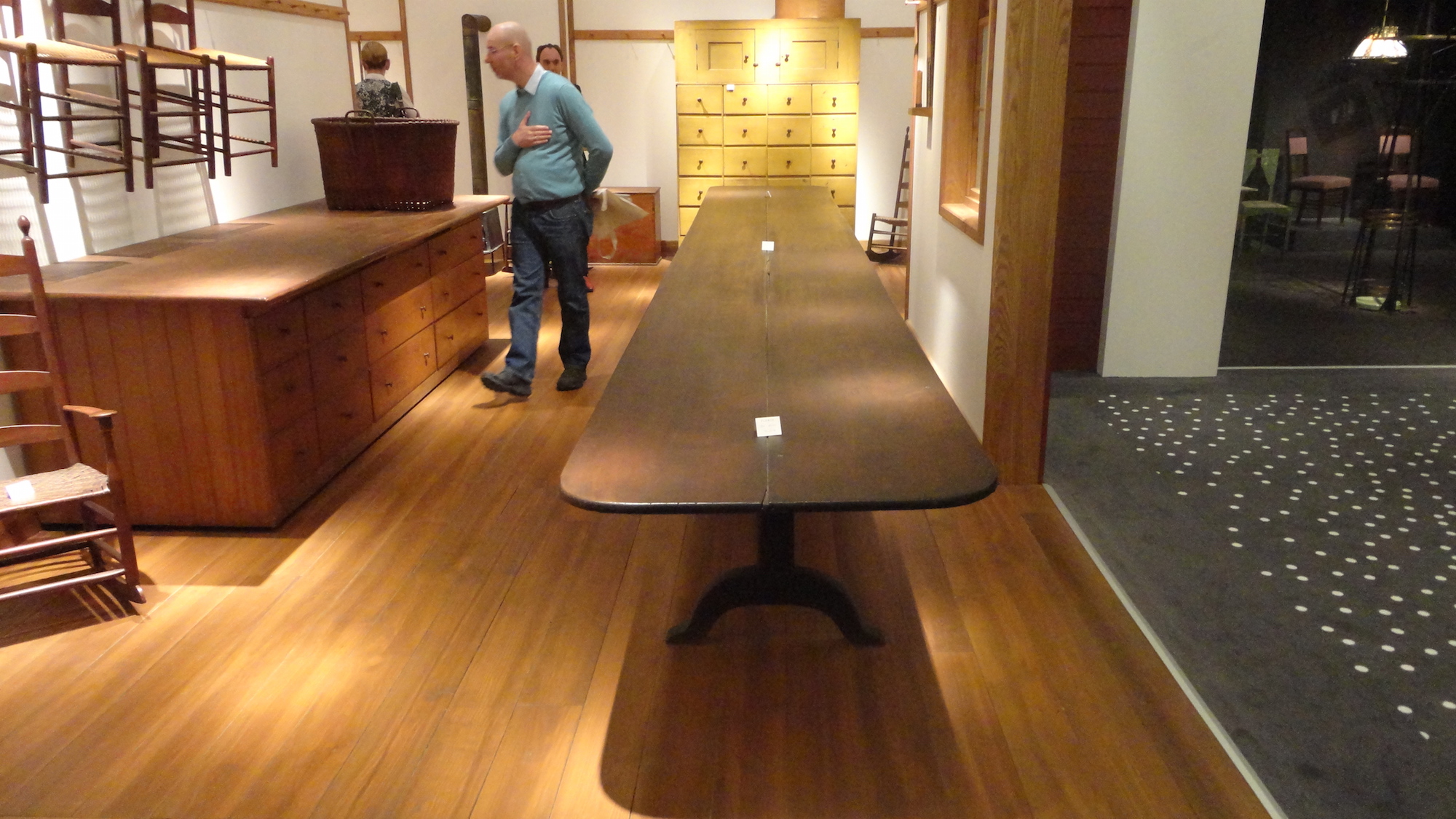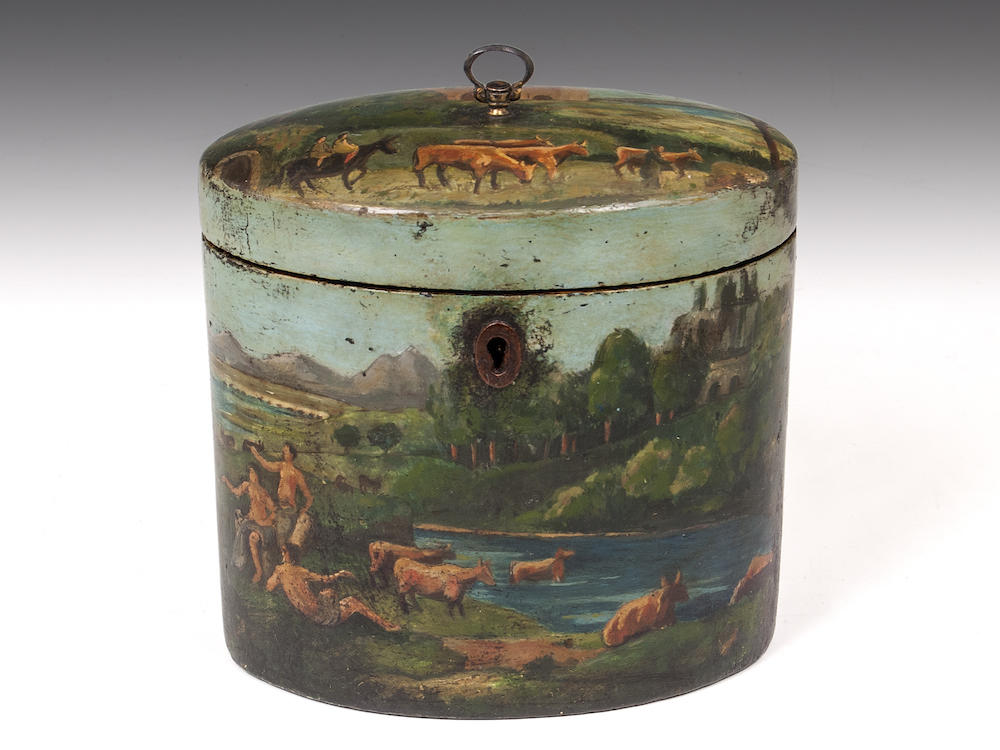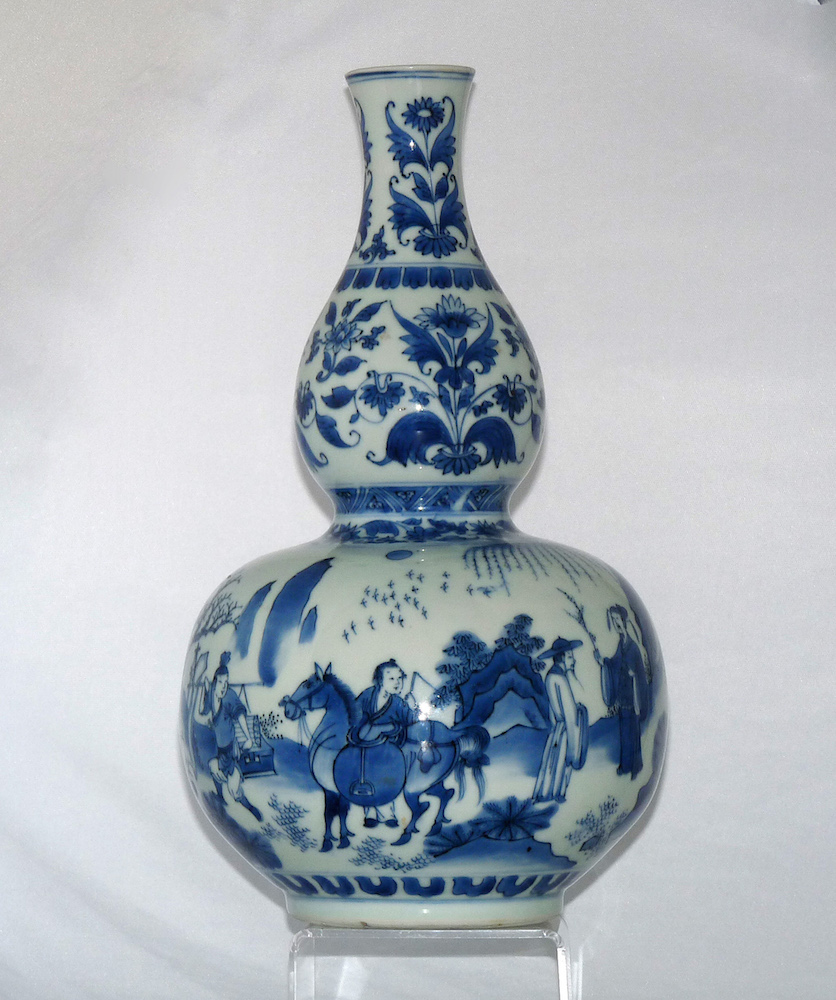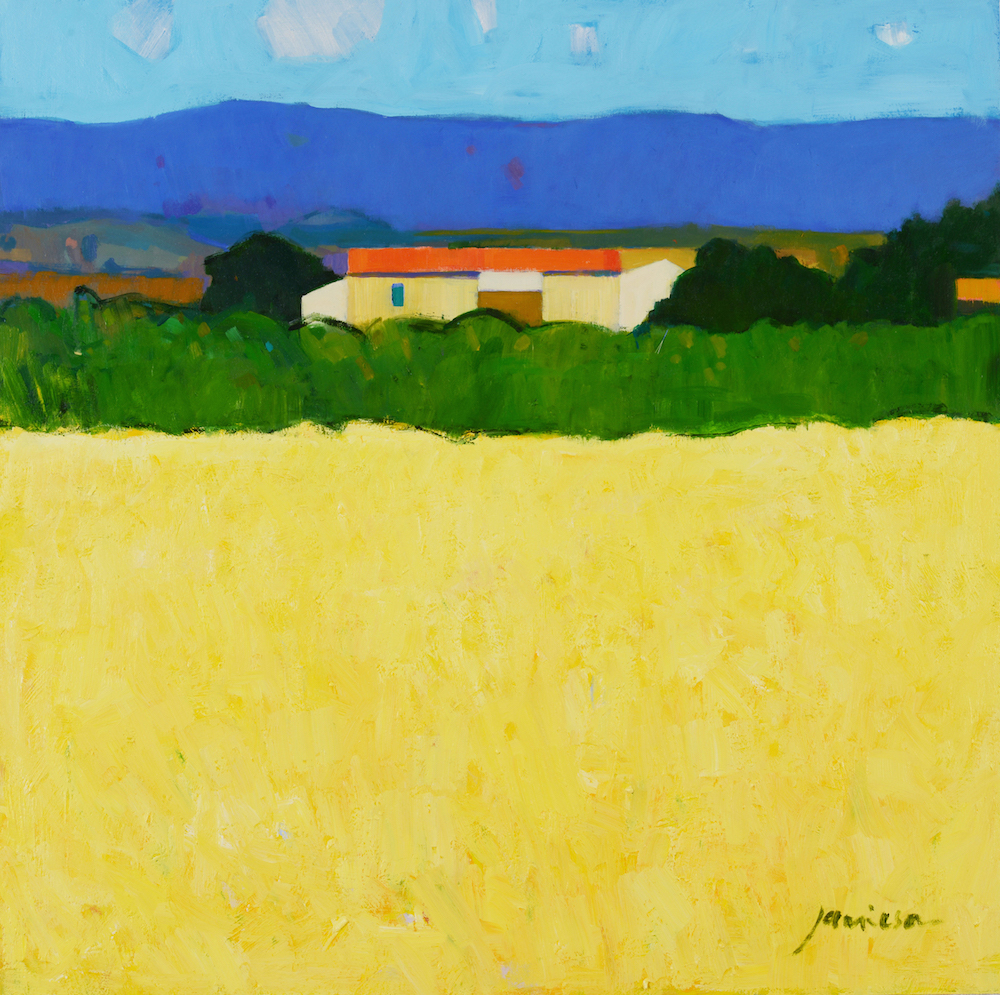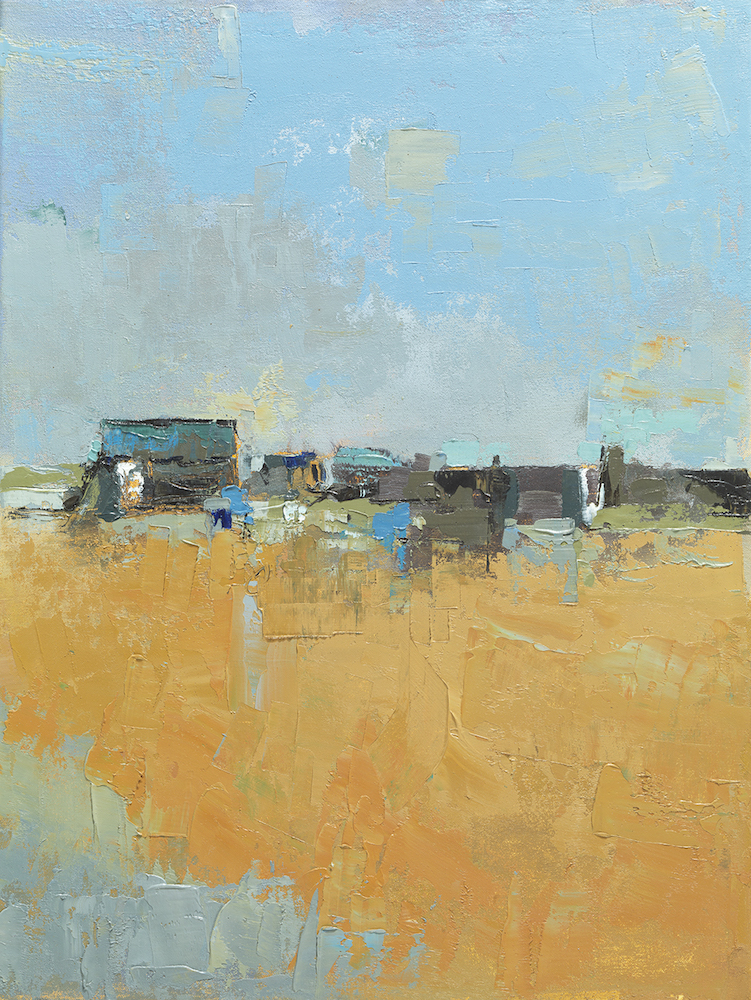
LONDON — It is not every new year that one looks back over the previous 12 months to see potentially game-changing developments in the international art market. However, 2015 seems to have been one of those years. Sadly, but perhaps unsurprisingly given the relative laxity of market regulation, it is chiefly in the realm of professional practice that some of the most significant events have occurred and which may a difference in 2016.
The Knoedler-Rosales art forgery lawsuit, which is about to reach court in the U.S., has also had an impact in London, which happens to be the headquarters of one of the art world’s most prestigious forensic science laboratories — Art Access Research. The company is run by Dr. Nick Eastaugh and his colleague, Dr. Jilleen Nadolny, (below), whose combined expertise in “technical art history” (blending traditional connoisseurship techniques with forensic science and pigment analysis) has made them two of the most sought-after specialists in the rapidly changing art market.
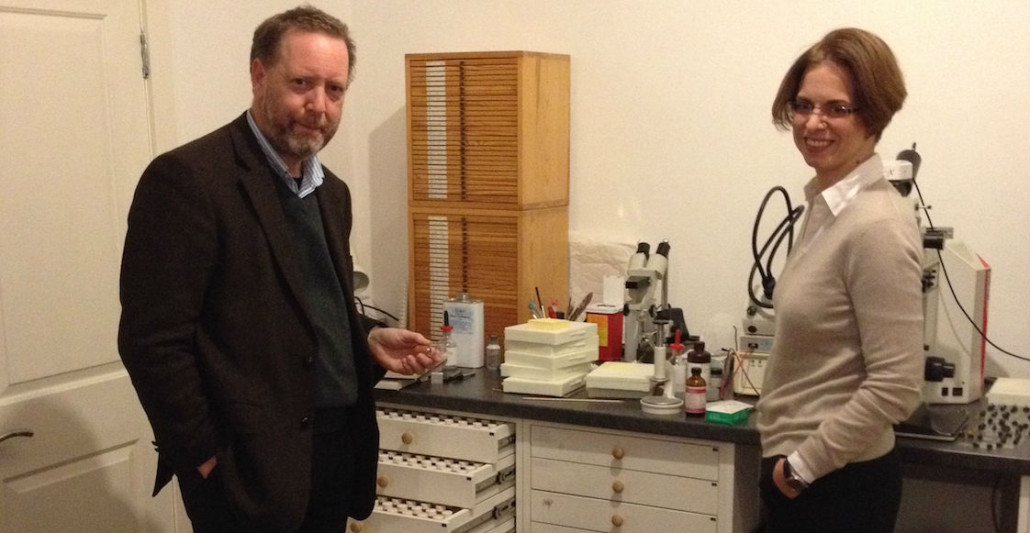
The outcome of the Knoedler case could have a deep impact on the art trade’s approach to due diligence. More broadly, with prices rising ever higher and lawsuits proliferating, it is a fair bet that forensic analysis will be a pattern for the future.
On another tangent, the high-profile wrangle between Freeport entrepreneur Yves Bouvier and Russian oligarch and art collector Dmitry Rybolovlev is also inching toward the courtroom. That could be another precedent-setting event, throwing light on the often informal relationships that exist between art advisers and high net worth collectors. Will 2016 see a more thorough reappraisal of the role of art advisers?
Another widely reported development this year was the marked decline in the Russian art market, the center of which, it is now commonly acknowledged, has long been located in London. This perhaps endorses another historical truism — that geopolitical developments can often have a profound impact on the art market’s subcategories. Will this year’s results turn out to be merely a blip in the Russian market or part of a deeper descending curve?
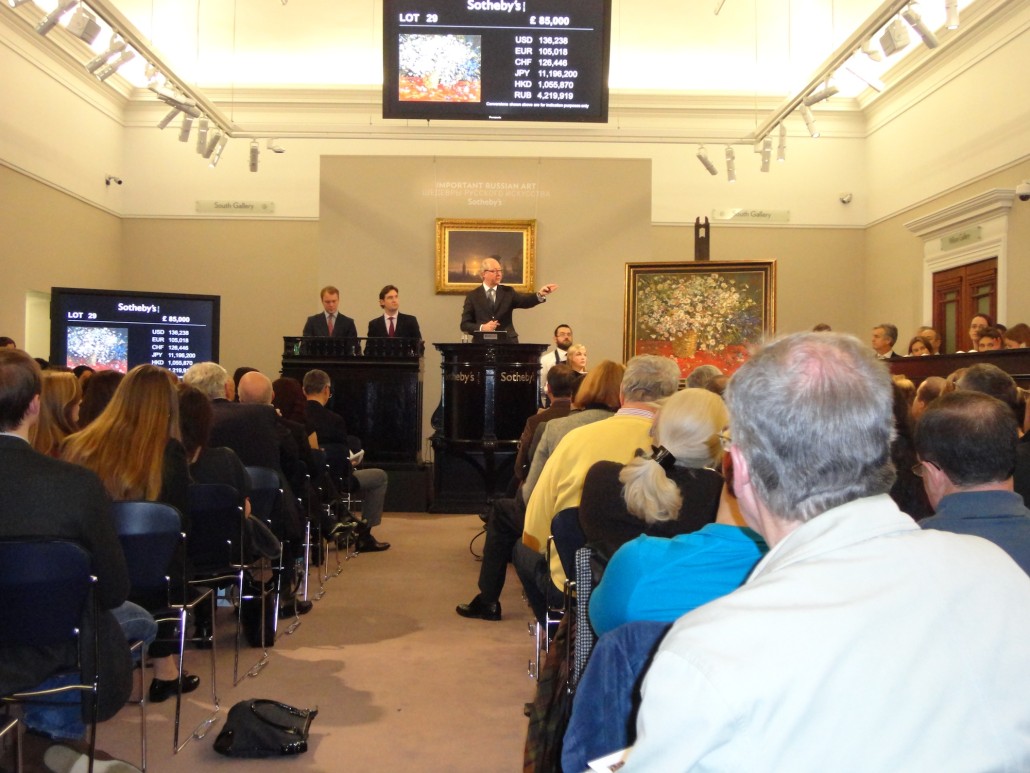
As for the Internet, it is clear from the evidence, both research-based and anecdotal, that live bidding technology is making ever deeper inroads into the traditional auction environment. The past 12 months saw that trend continue.
London Eye wandered into Sotheby’s New Bond Street rooms just before Christmas to find a specialist book sale taking pace. Some 64 chairs had been laid out for the sale, but just one seat was occupied. All the bids were coming either from the bank of telephones or via the Internet. You could almost hear the tumbleweed blowing through the room (below).

How times have changed. A surviving image of a book auction at Messrs Sotheby, Wilkinson & Hodge in the Strand in 1888 shows a room chock-full of mainly bearded, top-hatted gentlemen listening avidly to the auctioneer, Sotheby’s chairman E.G. Hodge, with leading antiquarian book dealer Bernard Quaritch in attendance (below). How long will the major auction houses continue to support these minor categories in their traditional format, one wonders?
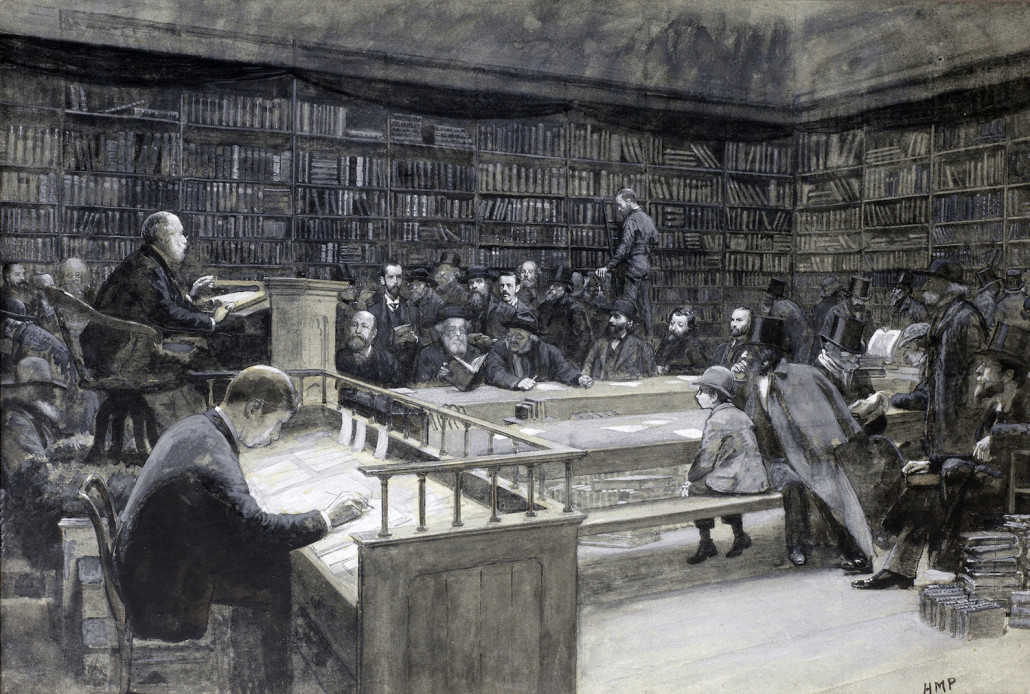
One category of the market that is guaranteed to continue drawing the crowds is contemporary art. Damien Hirst is no doubt still drawing the occasional sigh of relief that his groundbreaking sale at Sotheby’s in October 2008 took place just in the nick of time before the market vaporized later that same day with the collapse of Lehman Brothers. Hirst’s spanking new 37,000-square-foot gallery recently opened — with little fanfare — near Lambeth Embankment in south London (below).

The beautiful new £25 million building, by star architects Caruso St John, is located just a stone’s throw from the old Doulton Lambeth pottery works which retains much of its original stoneware tiling (below).
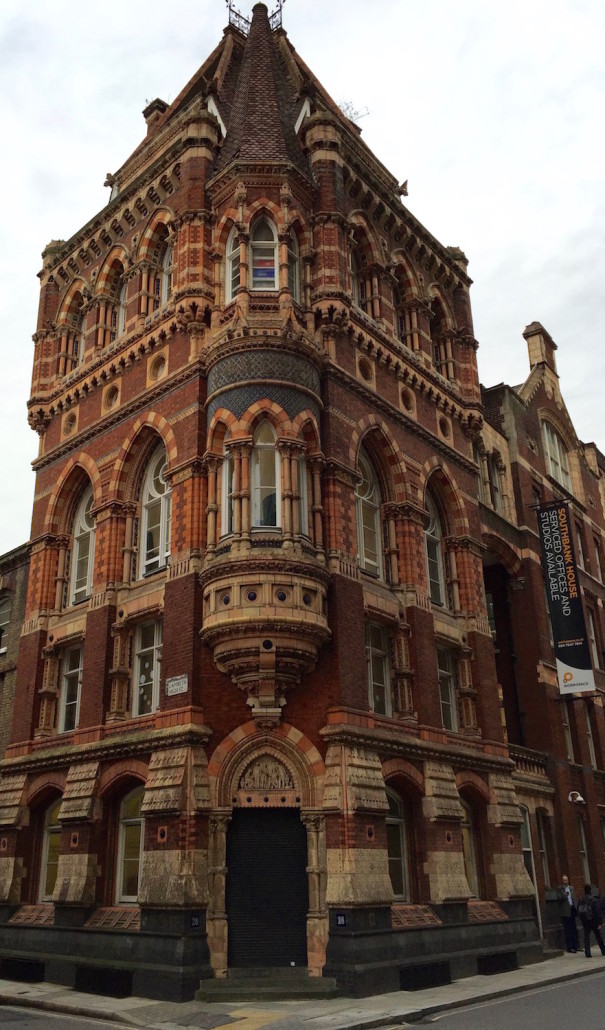
Although officially called the Newport Street Gallery, the brick exterior of the Hirst gallery also carries another Hirst brand name — “Pharmacy 2” — signaling the imminent arrival of a new restaurant. The pharmacy name is ironically appropriate given the building’s proximity to Lambeth White Hart Dock, the site of one of the worst cholera epidemics of the mid-19th century, which claimed the lives of almost 2,000 people.
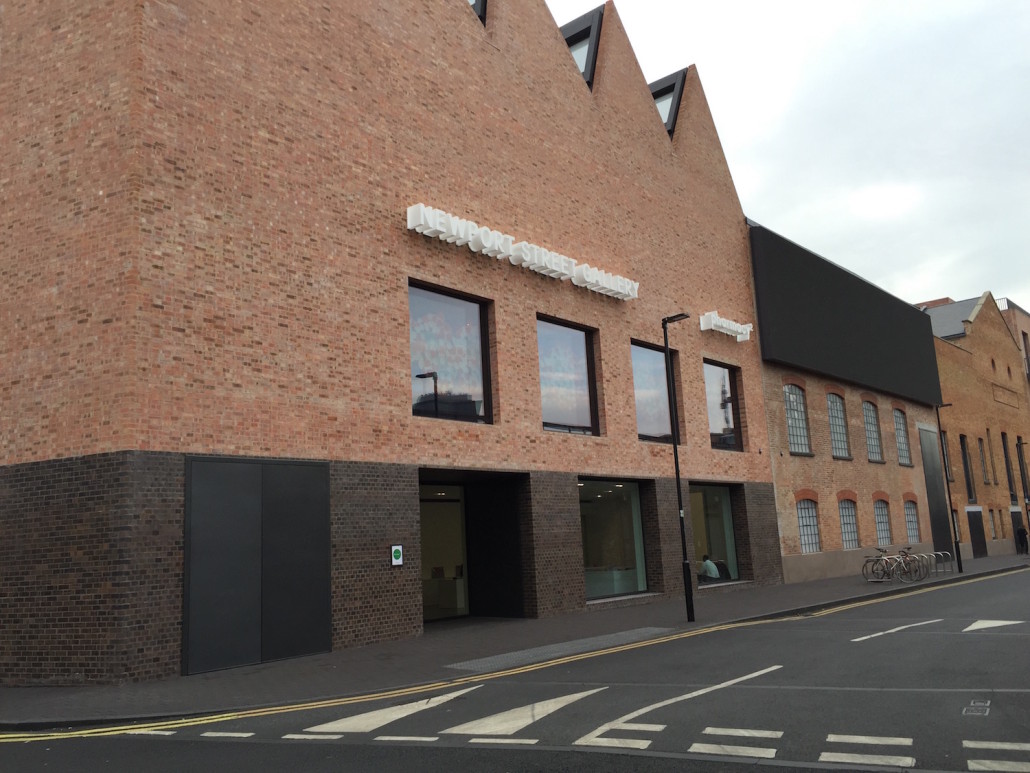
The Newport Street Gallery’s interior follows the conventional, somewhat sanitized template of most “white cube” spaces, which suits the current, major retrospective of John Hoyland’s huge Power Station paintings of 1964-1982. The place was almost deserted when we visited, although the obligatory gallery shop was closed that day and as yet there is no café. One person who was present, however, was Damien Hirst himself. Approached by Auction Central News and asked why he was not broadcasting his smart new space more widely, he offered the congenial but gnomic response: “People will find us. We’re always here.”
Hirst is perhaps best known for his “sculpture” and although he is often several times removed from the processes of fabrication he can nevertheless be credited with helping to reinvigorate public interest in sculpture in recent years. Britain is arguably a world leader in sculpture in both its traditional and more cutting-edge manifestations. Peter Randall-Page is another British artist who has steadily carved a global reputation for his sculpture in natural materials. Unlike Damien Hirst, however, Randall-Page is extremely “hands-on” in his approach.
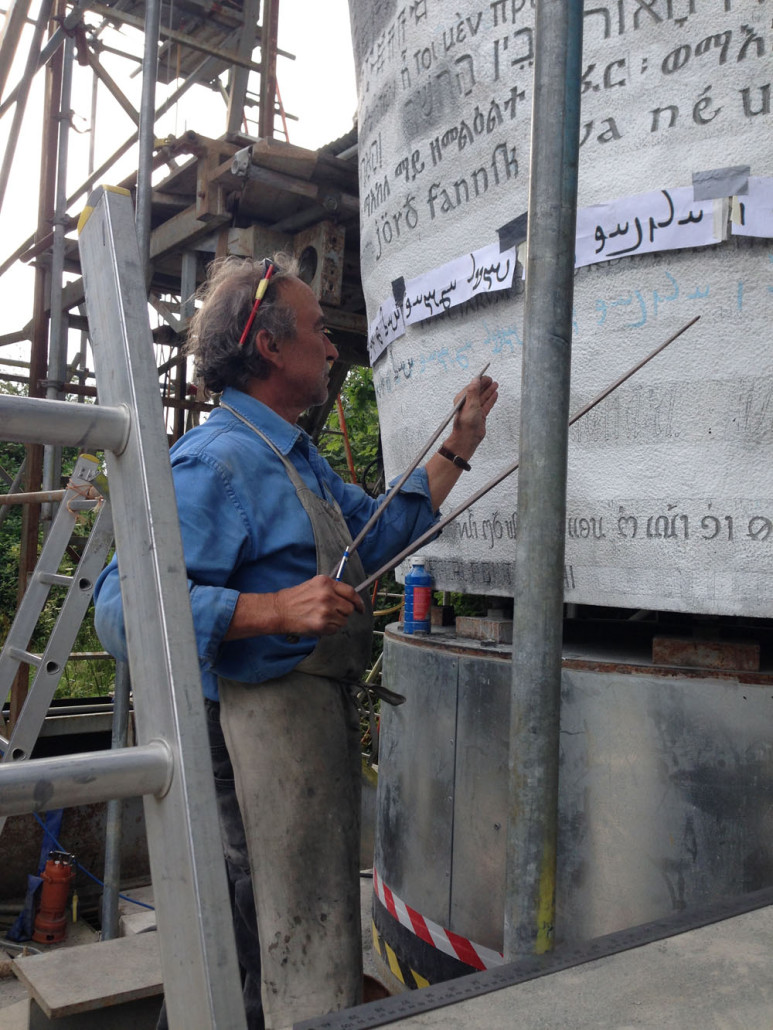
His most recent commission is a 24-ton partially eroded granite boulder, which he and his assistants have meticulously inscribed with pictograms, various forms of calligraphy, hieroglyphs and other ancient script originating in a range of world cultures from Babylon to Mongolia.

Titled The One and the Many, it is typical of Randall-Page’s elegant blending of the chthonic and the contemporary. Its new home is Fitzroy Place in London’s blossoming cultural and commercial Fitzrovia district where it will add a natural, muscular counterpart to the postmodern architecture occupied by the likes of Estée Lauder and other luxury brands.
And so to the months ahead. January is always notable for the London Art Fair at the Islington Design Center (running this year from the 20th to the 24th), which offers a slightly less intimidating shopping environment for mid-range collectors. January is also the month of the Winter Decorative Antiques and Textiles Fair from Jan. 19-24. (Fig. 11)

Always a popular event with the general public as well as the trade, the Decorative Fair’s three installments in winter, spring and autumn offer a wealth of creative ideas for home decoration, which continues to be an abiding obsession among the middle classes.
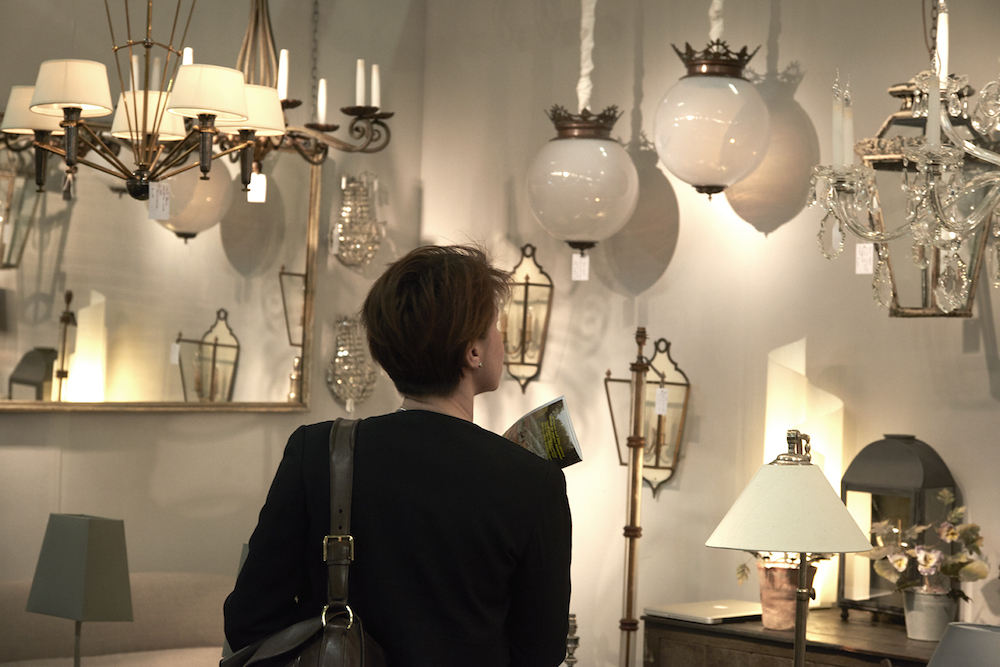
All we need now is for an end to the biblical flooding that has tormented the north of England in recent weeks. The appalling deluges have done nothing to combat the growing sense of an increasingly divided “united” kingdom — separating the inundated and economically struggling north from the relatively dry and increasingly prosperous south. Given the transport disruptions resulting from the recent floods, art and antiques fair directors will no doubt be watching developments with interest and planning their 2016 diaries accordingly. Roll on summer.
___
By TOM FLYNN


